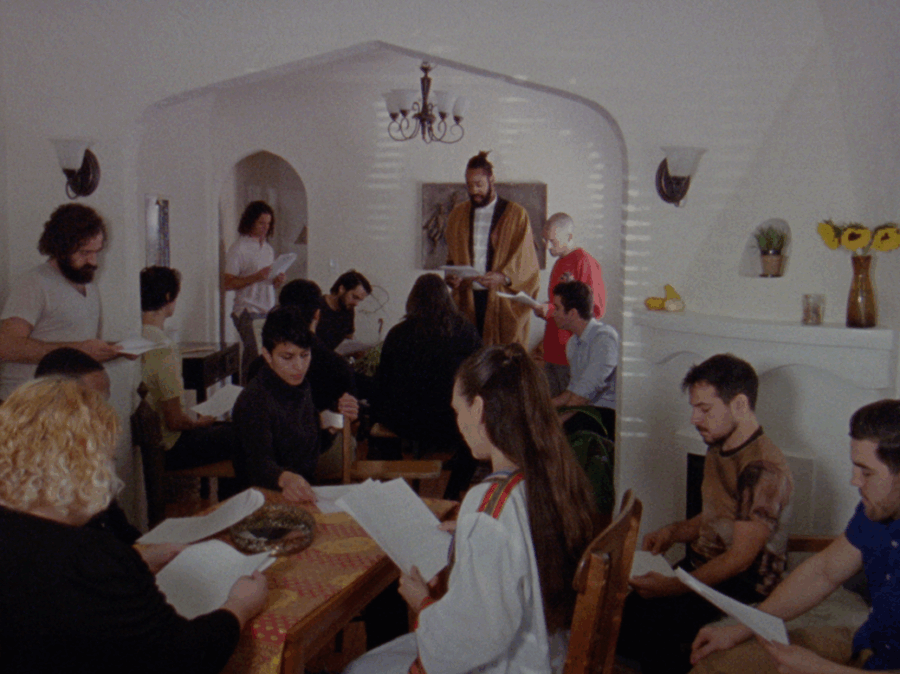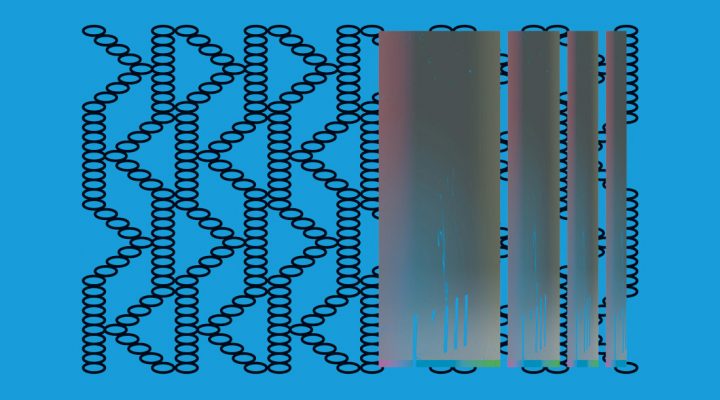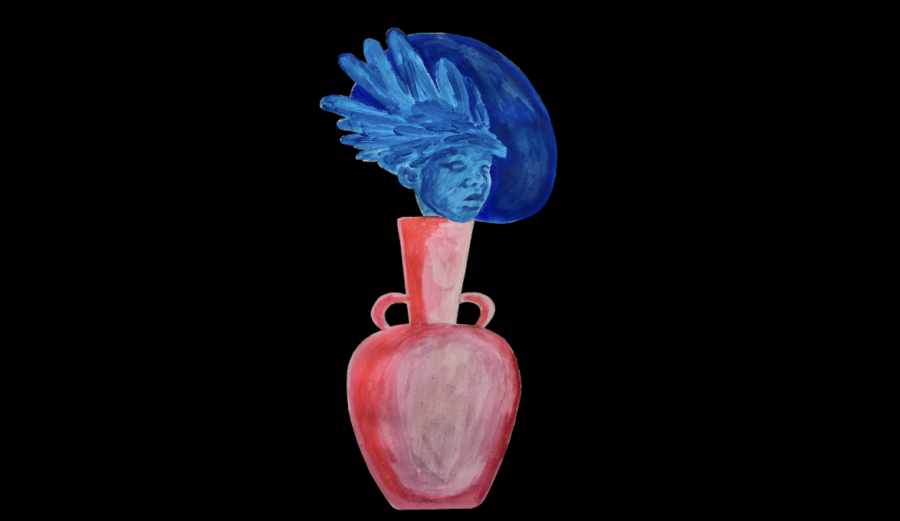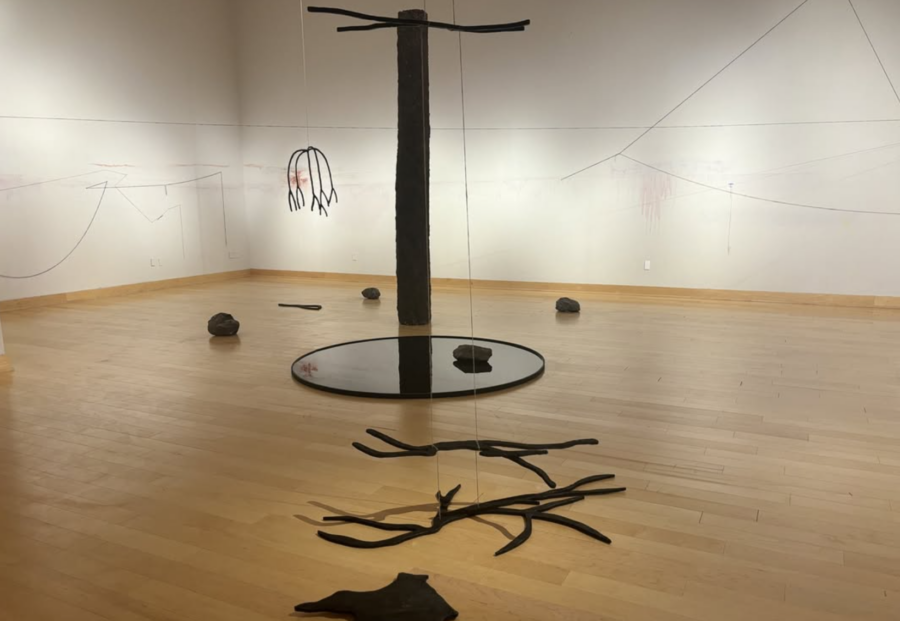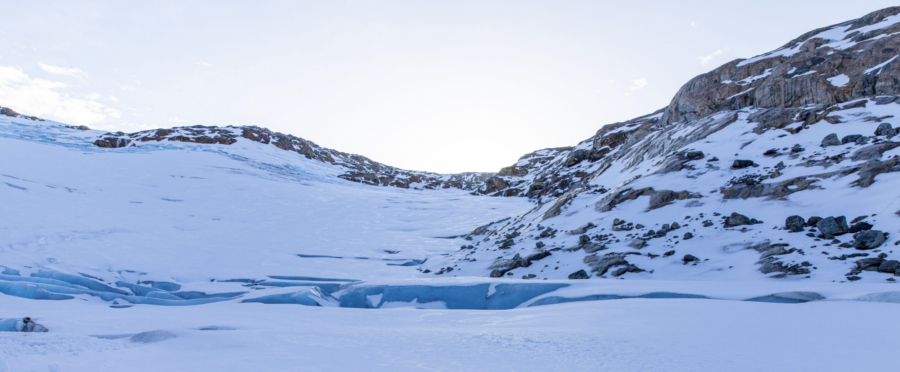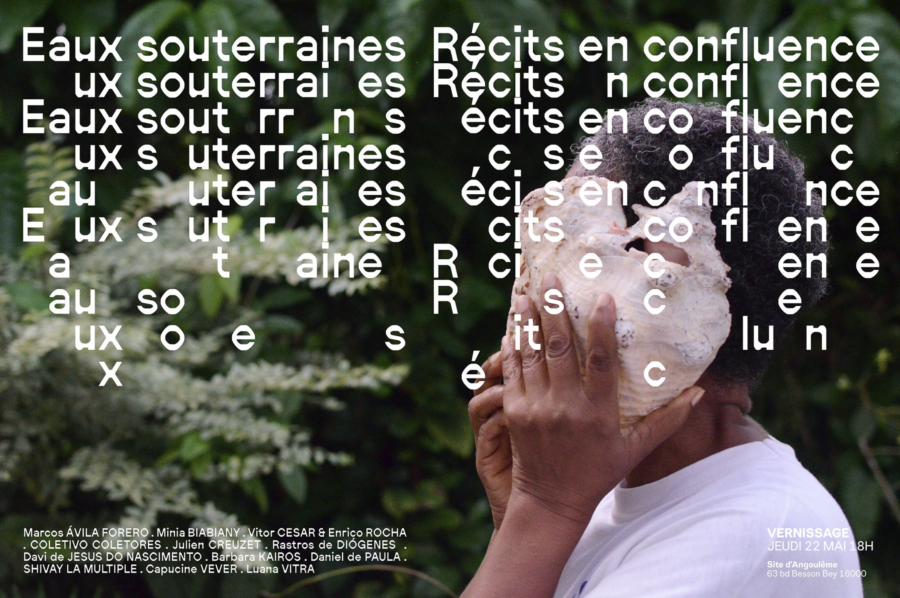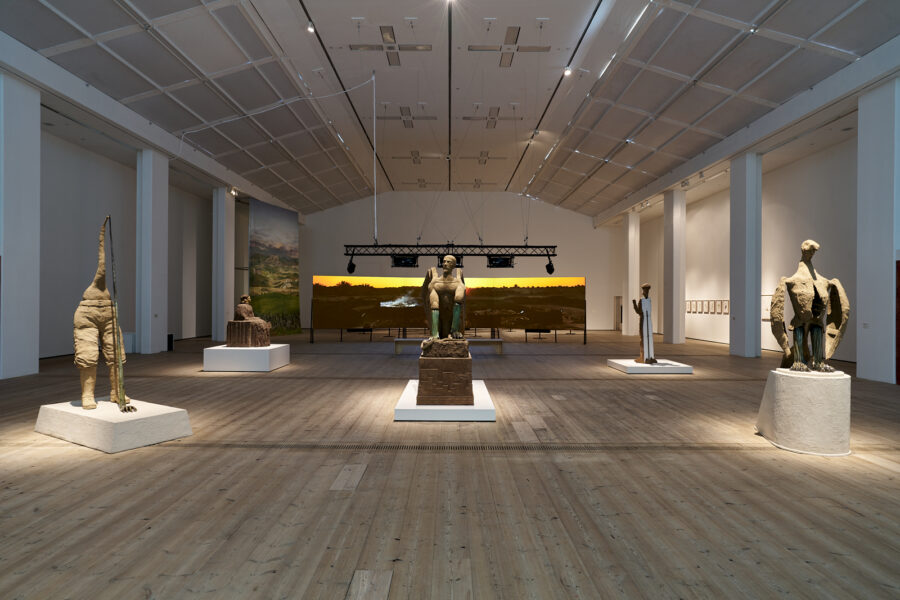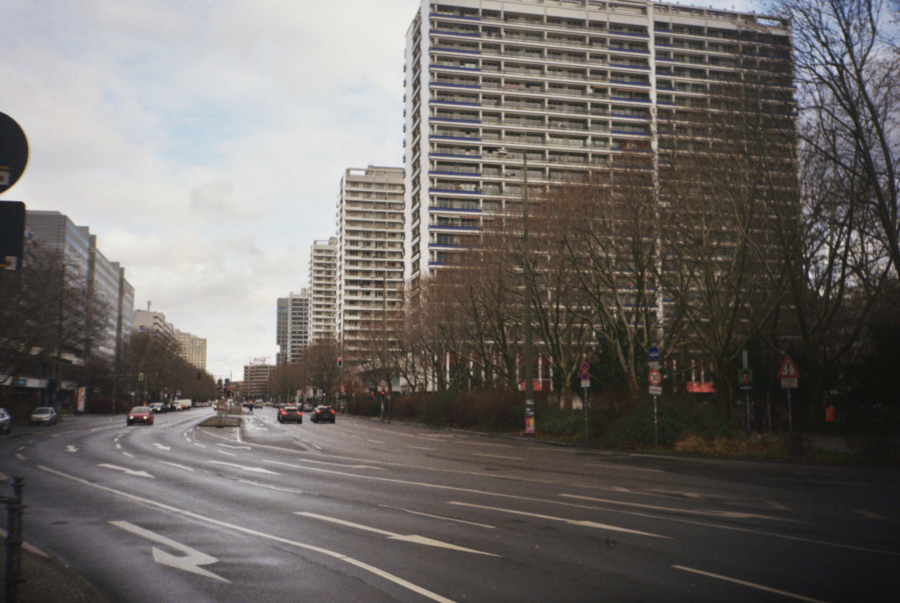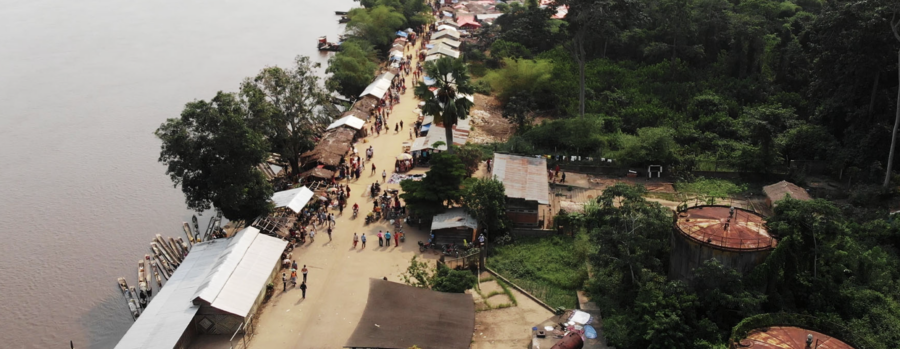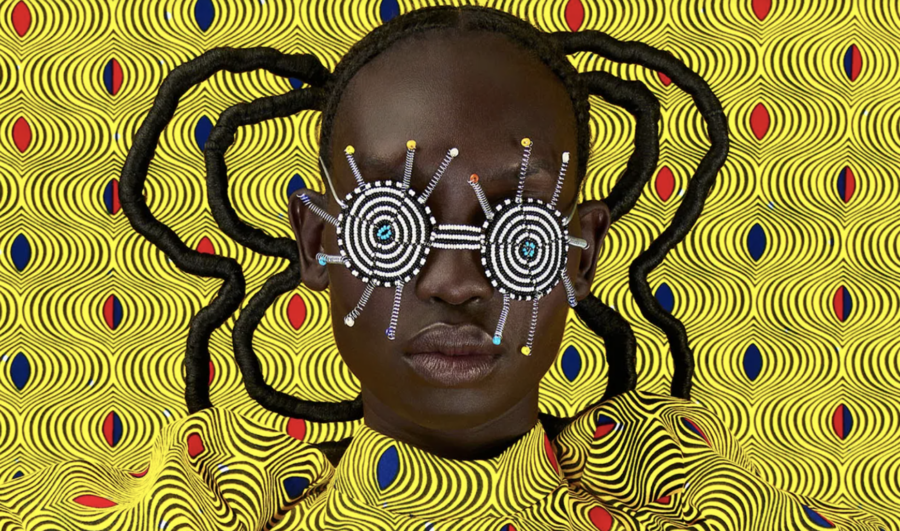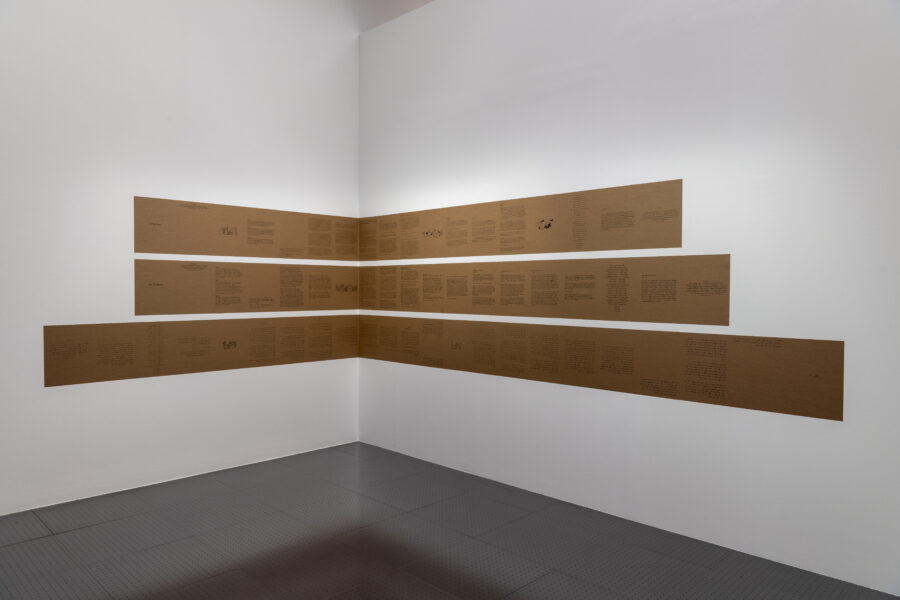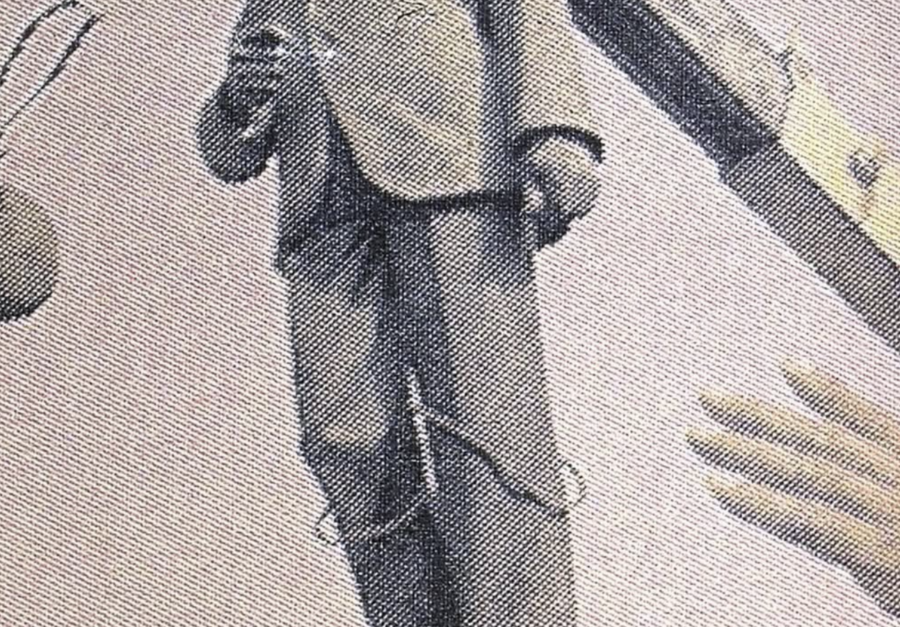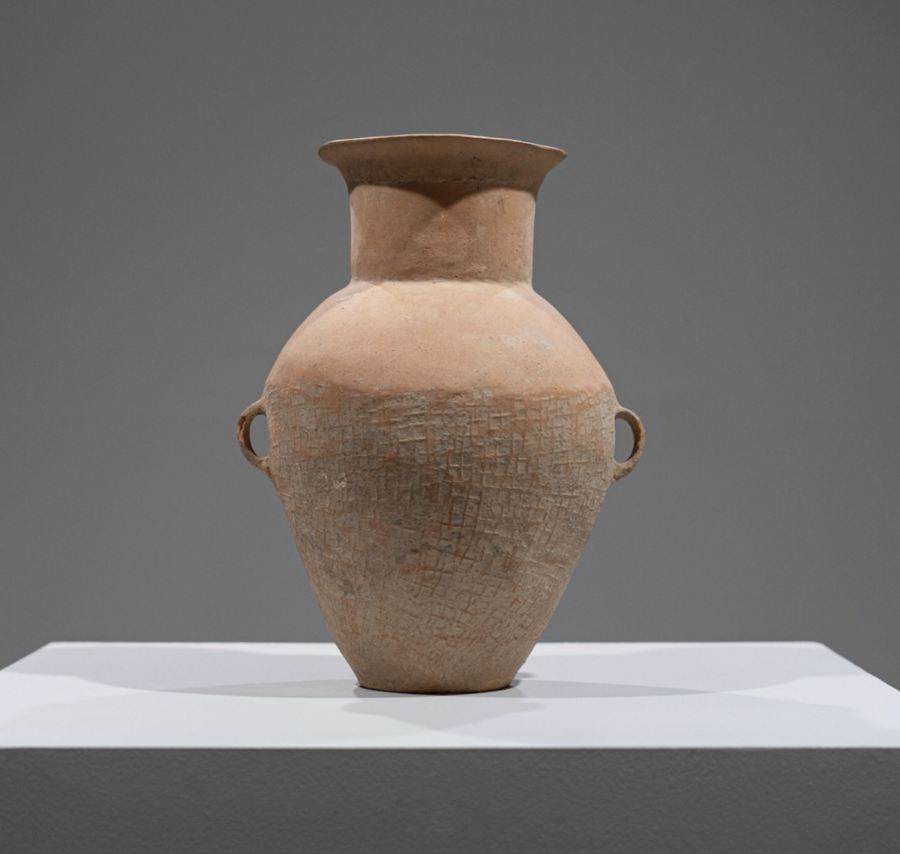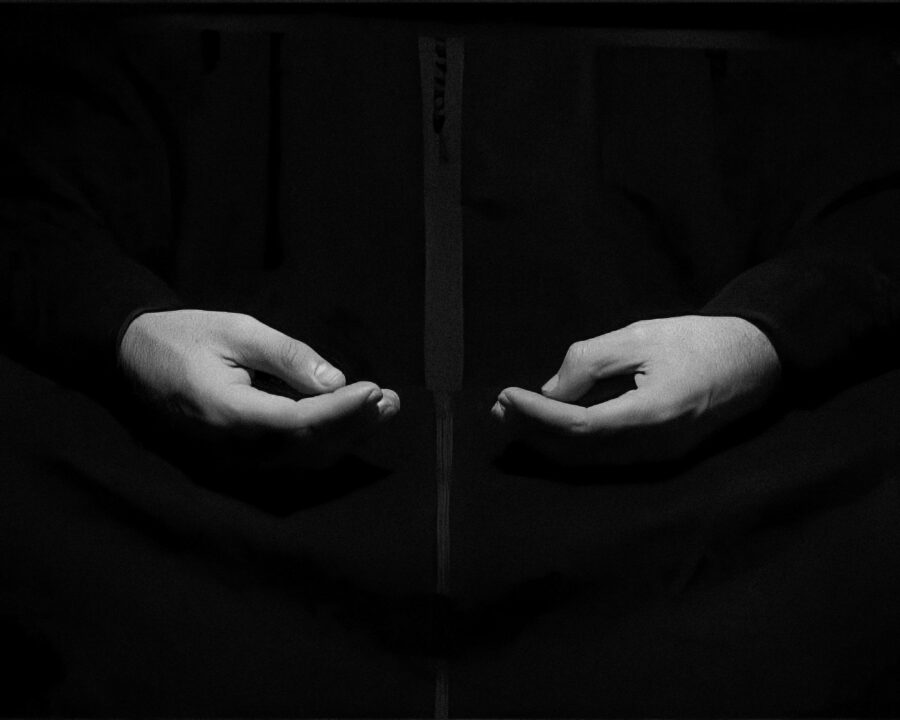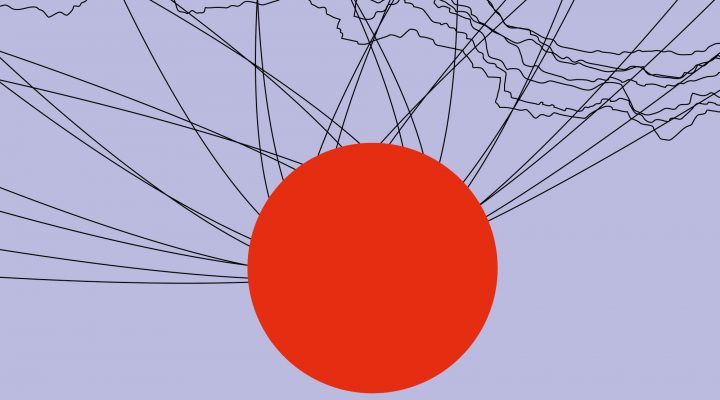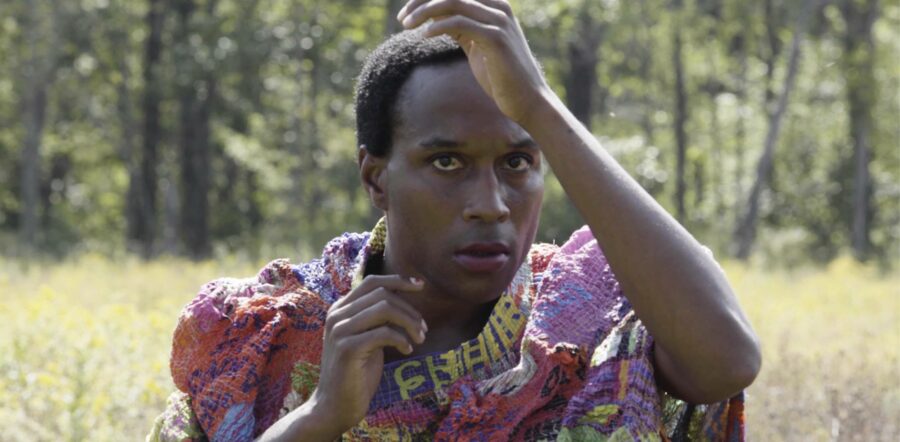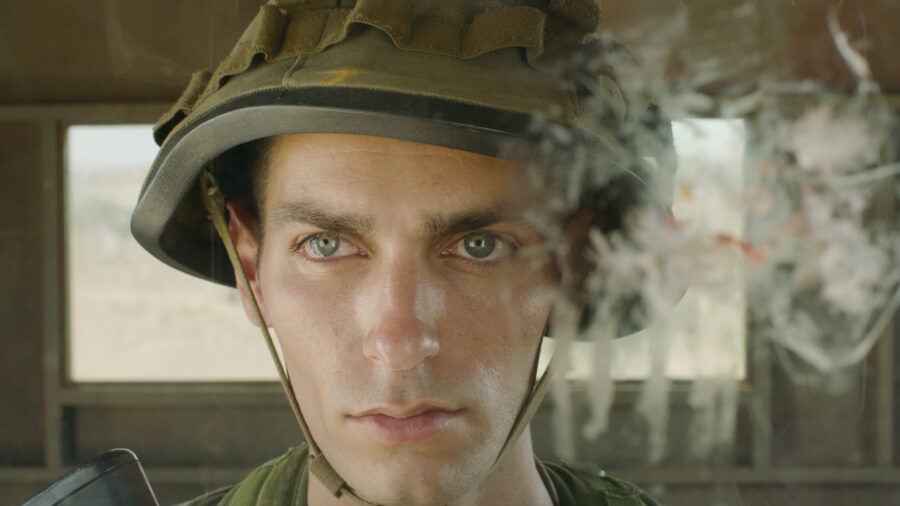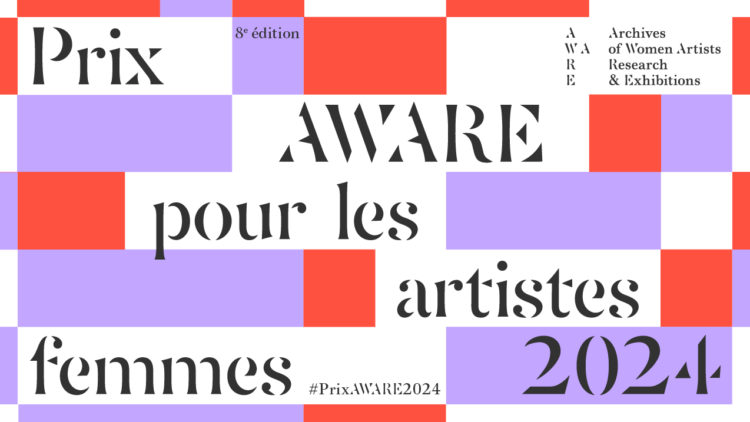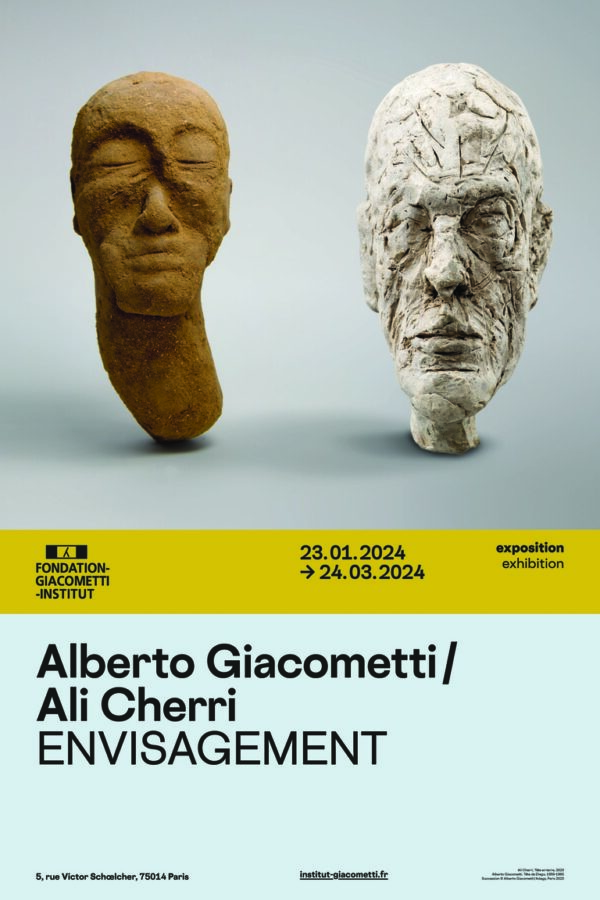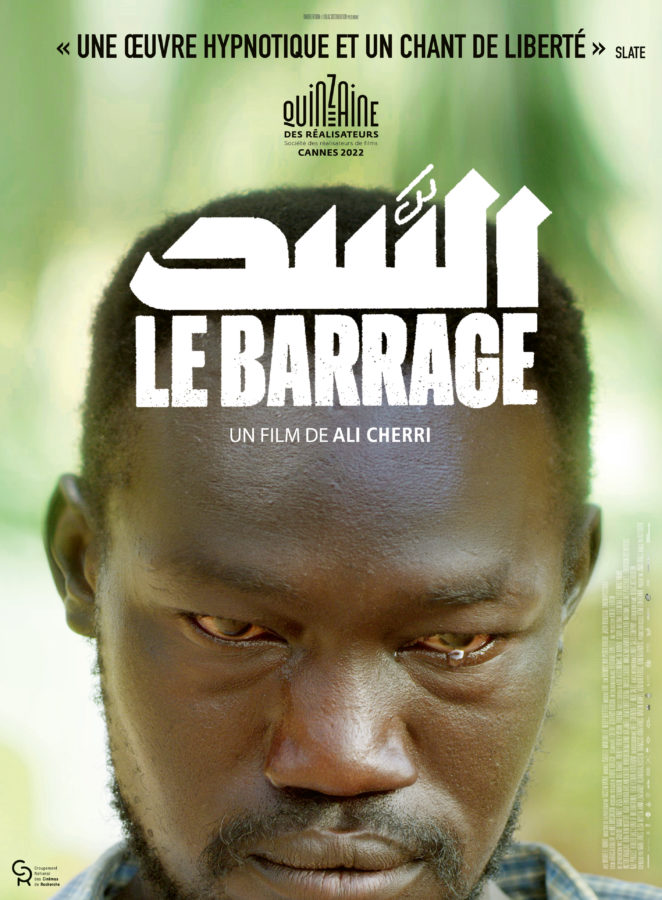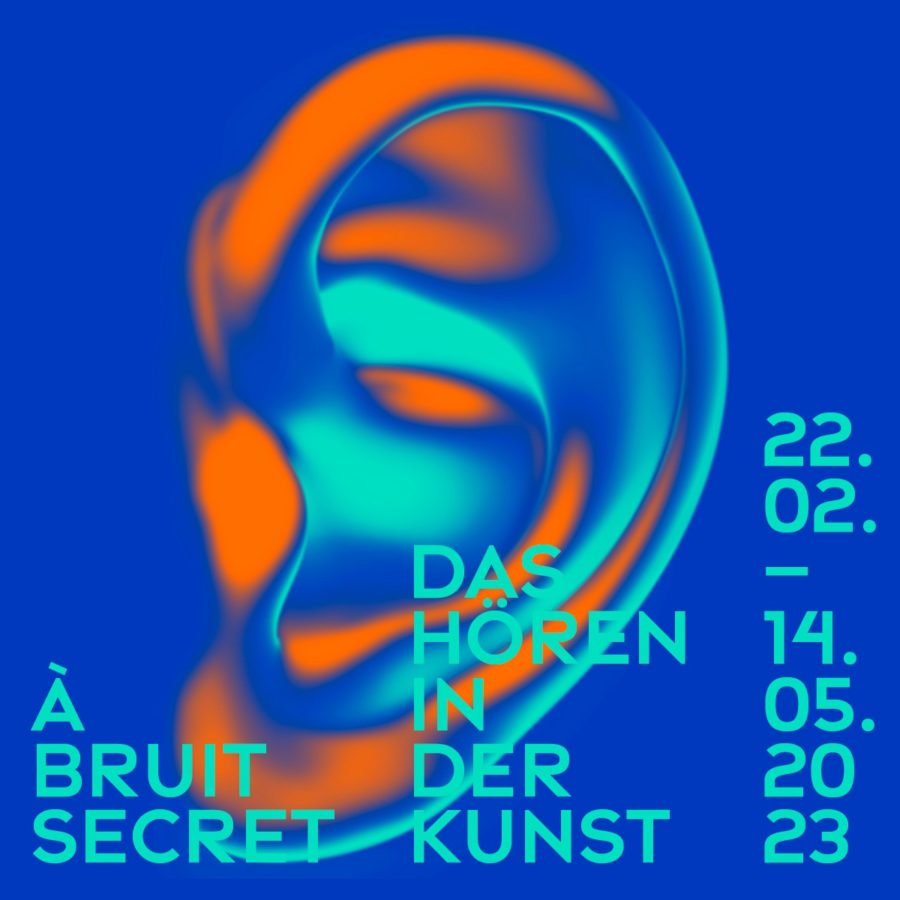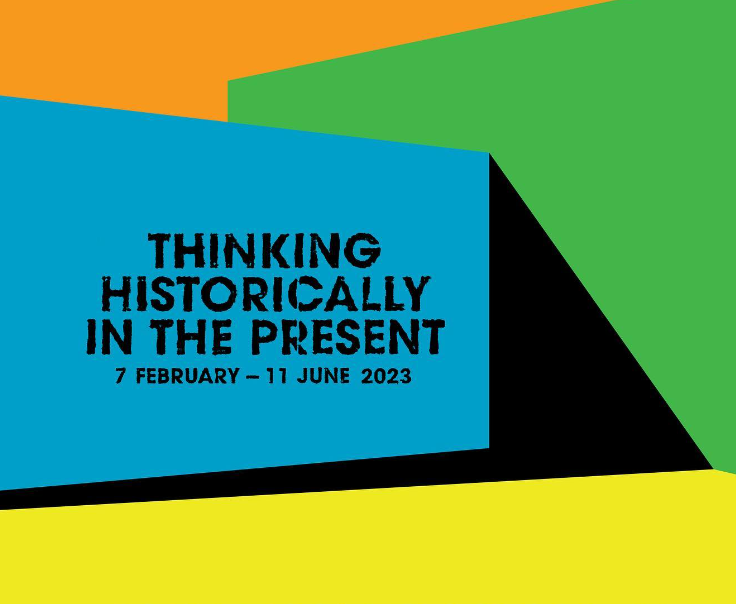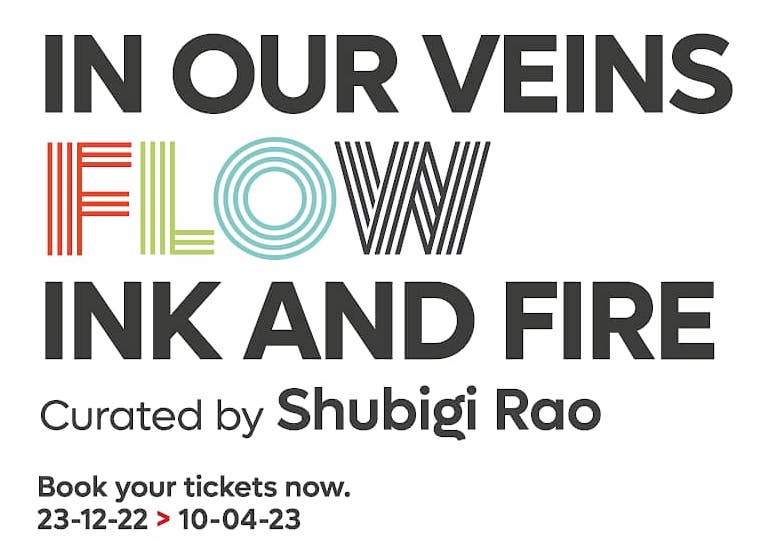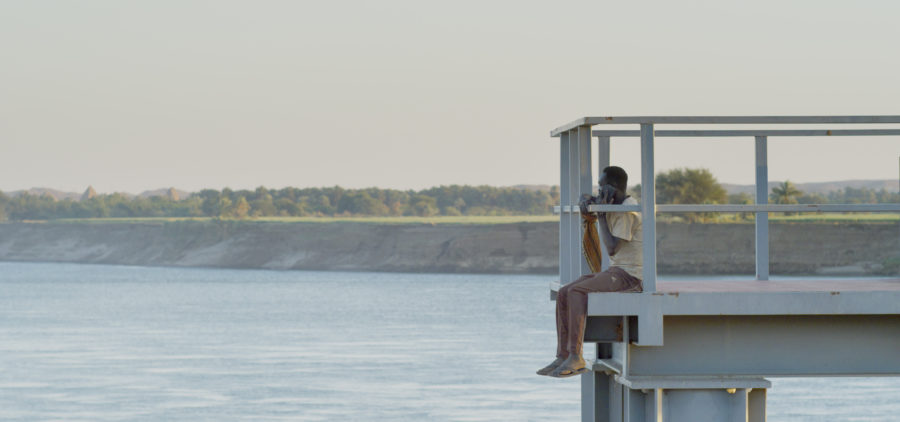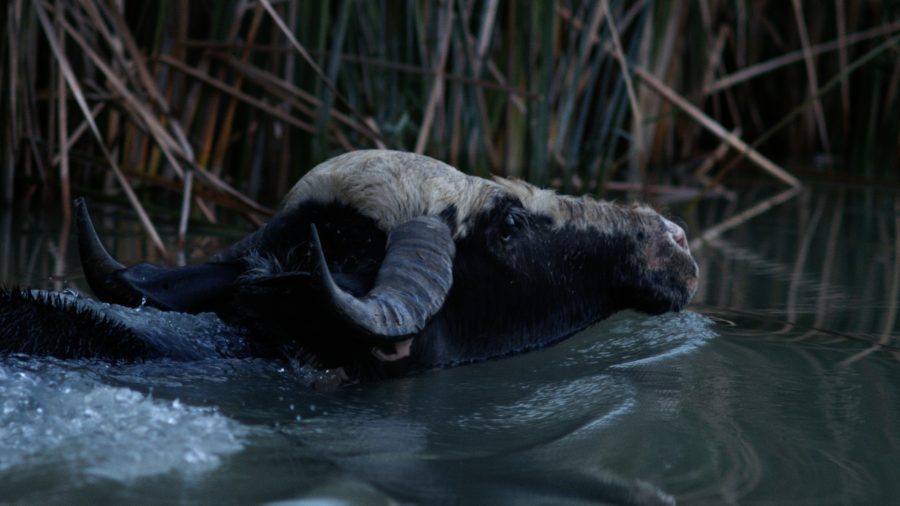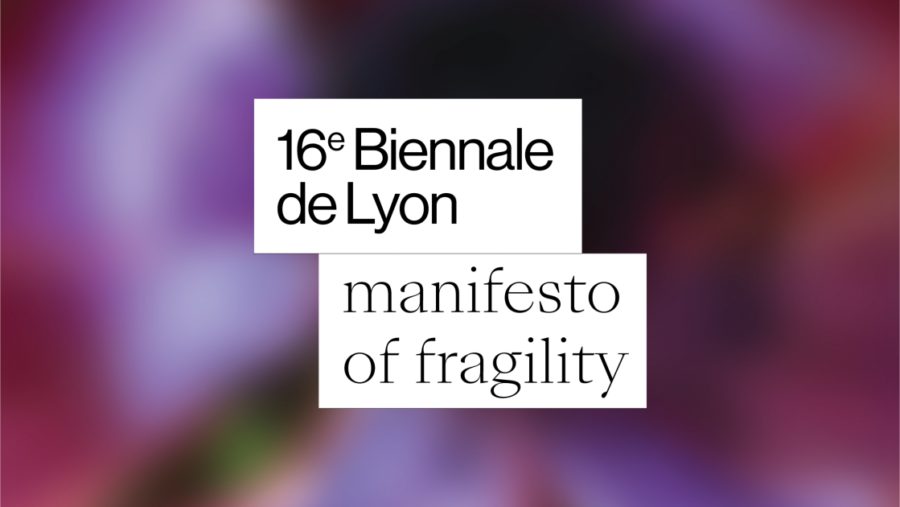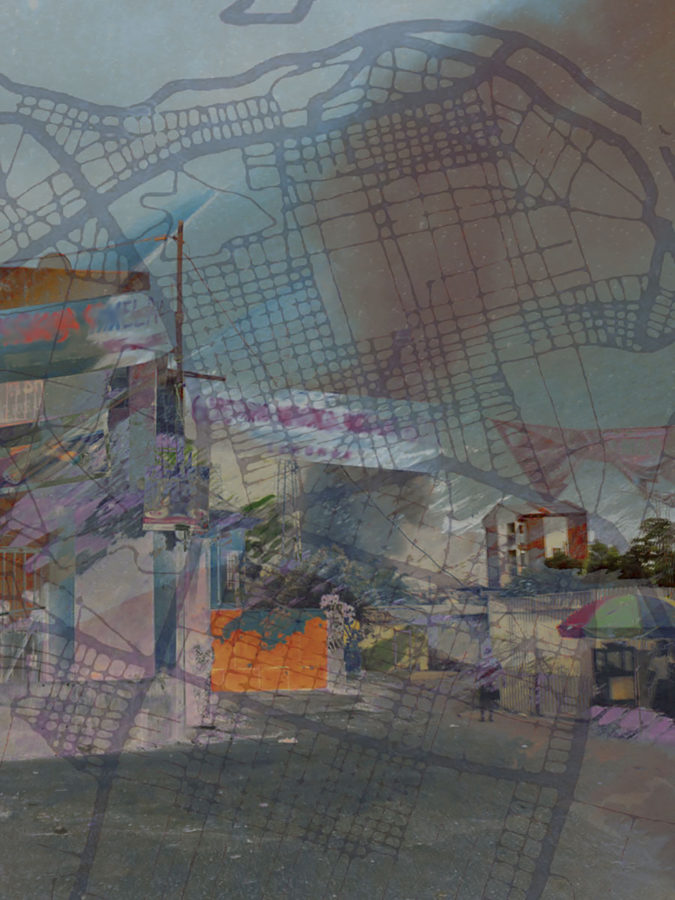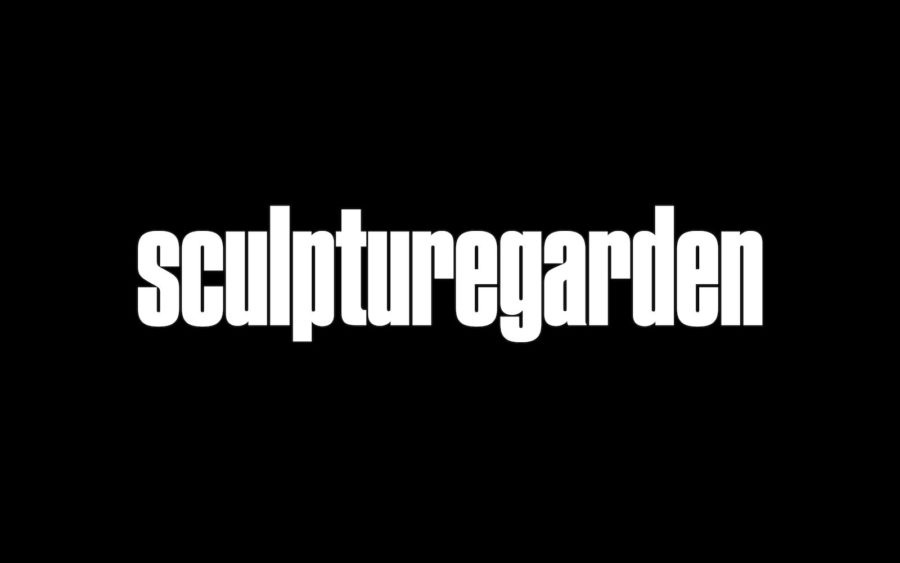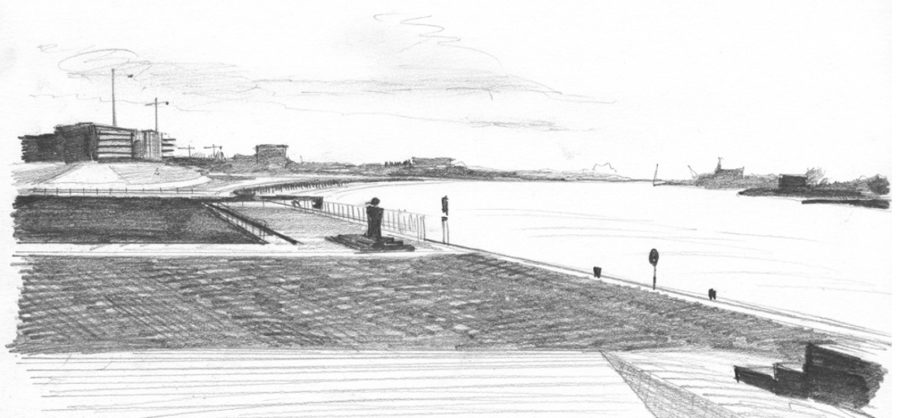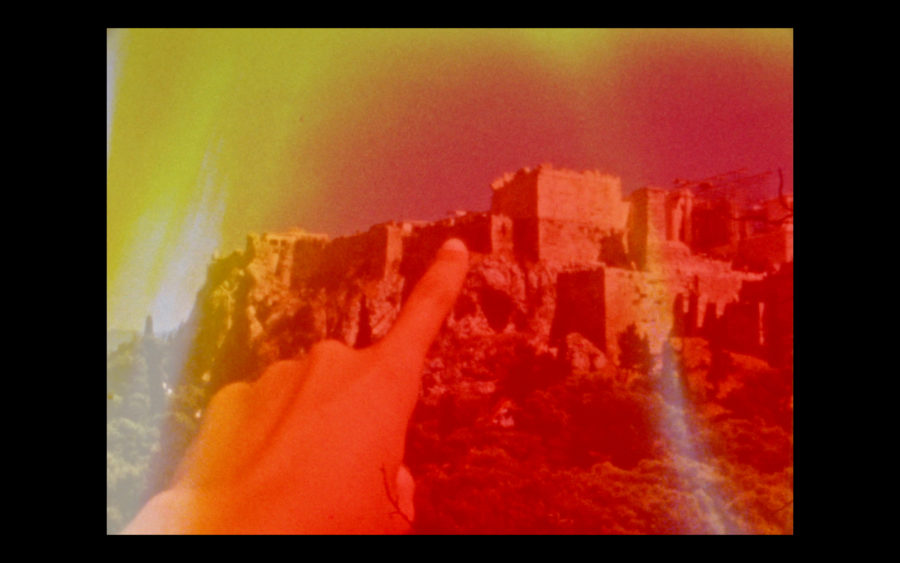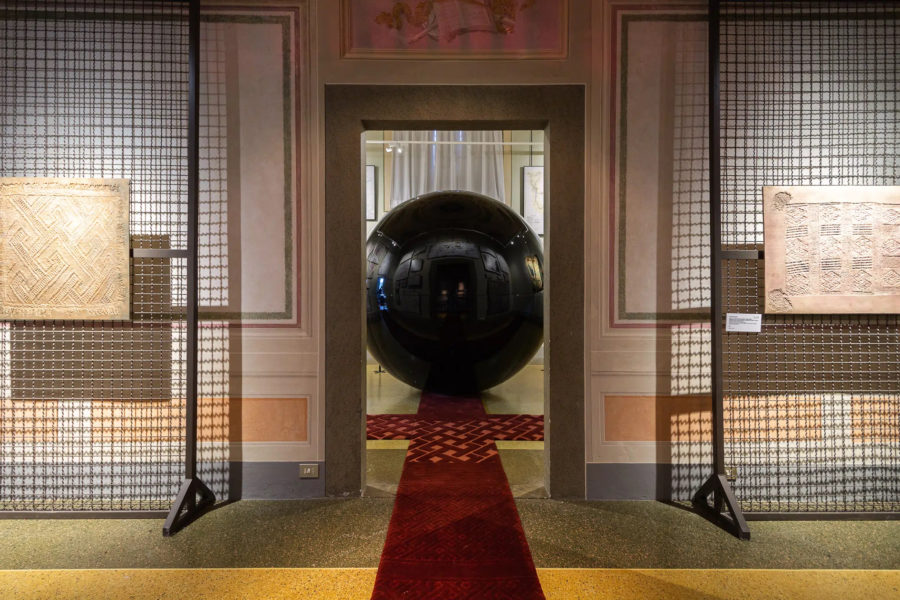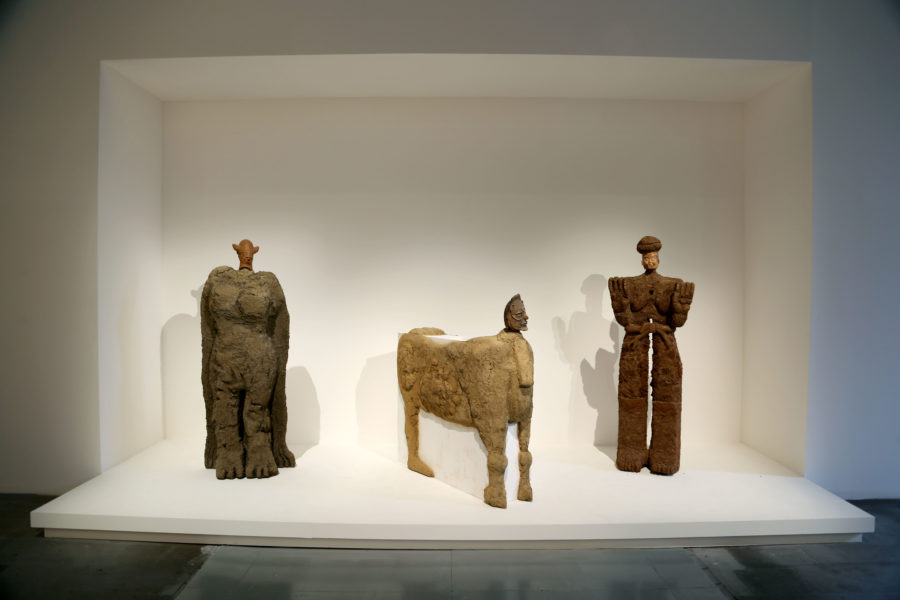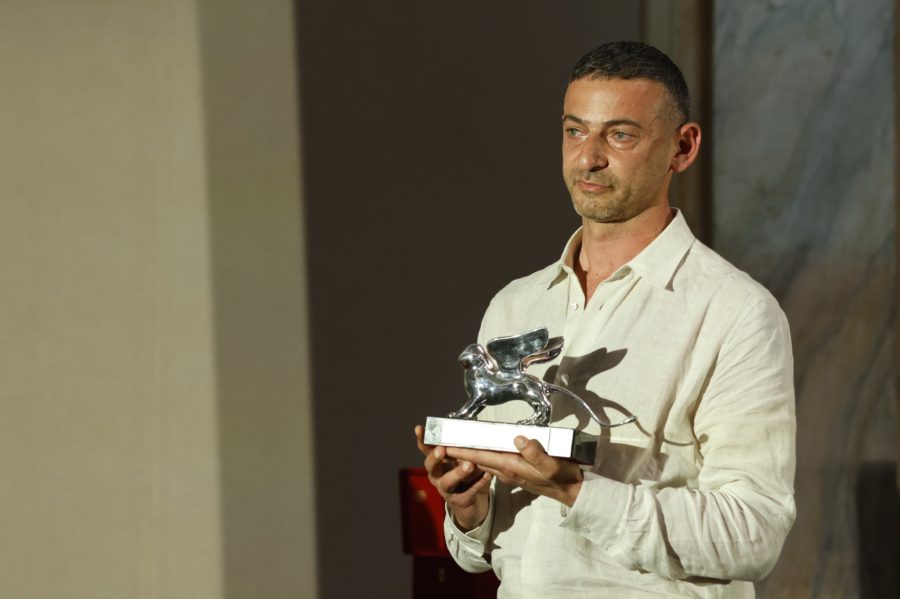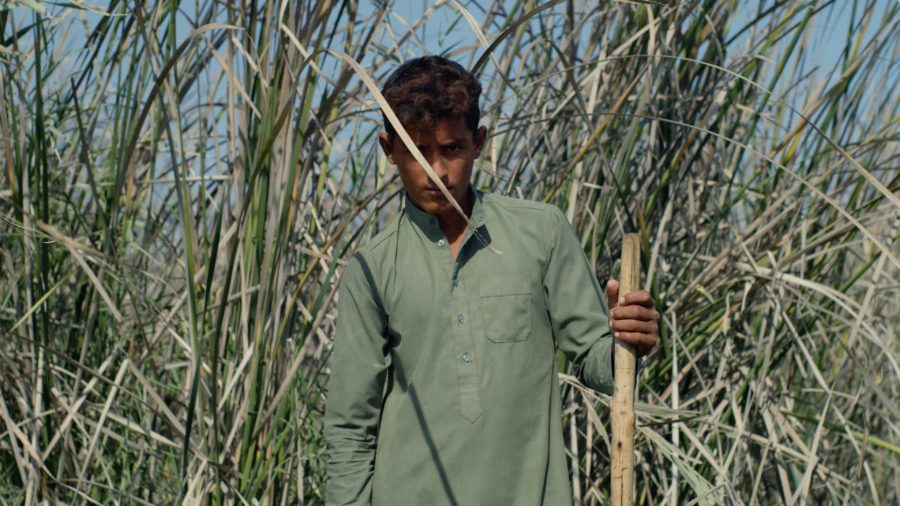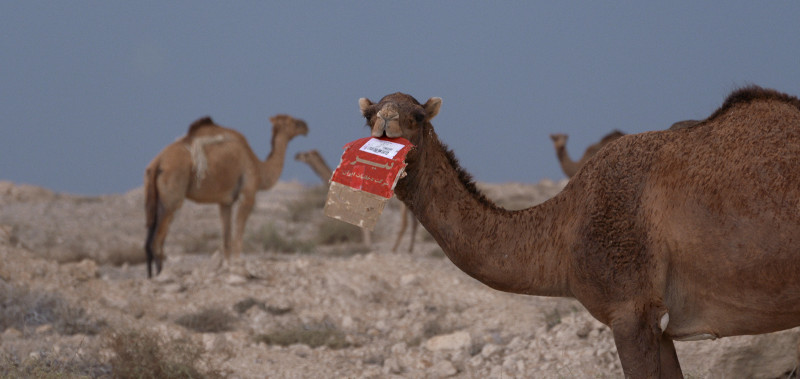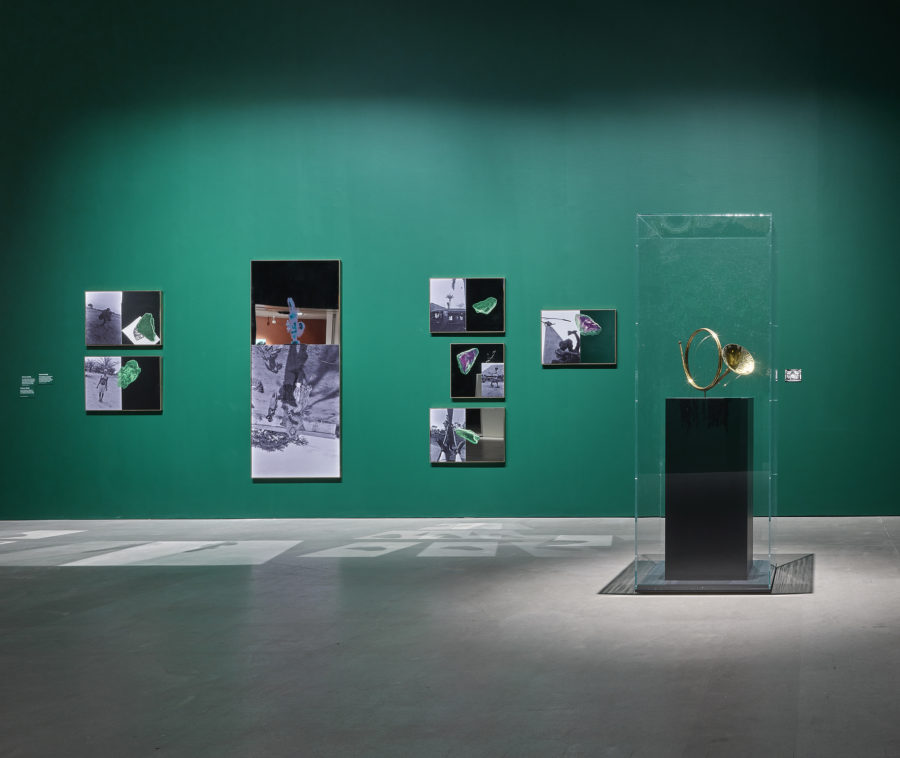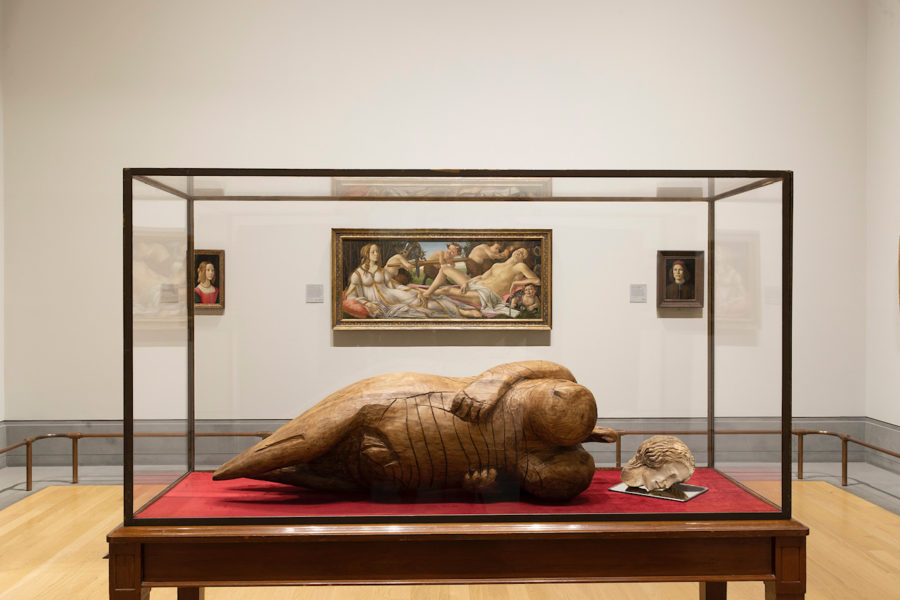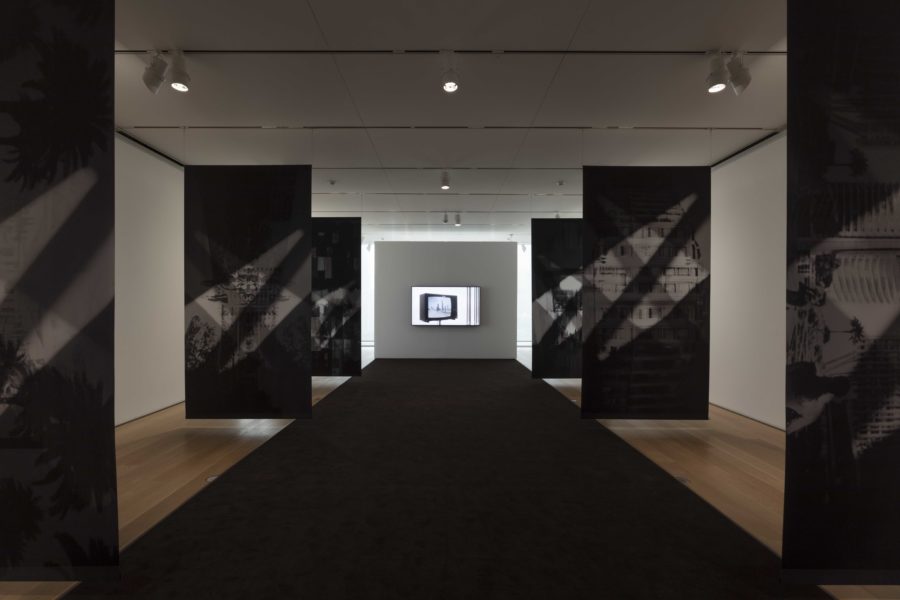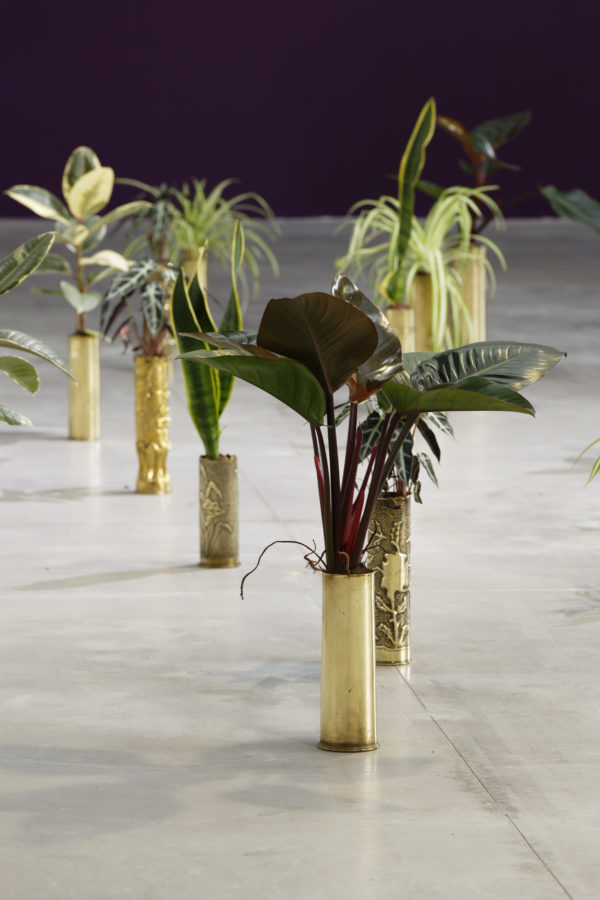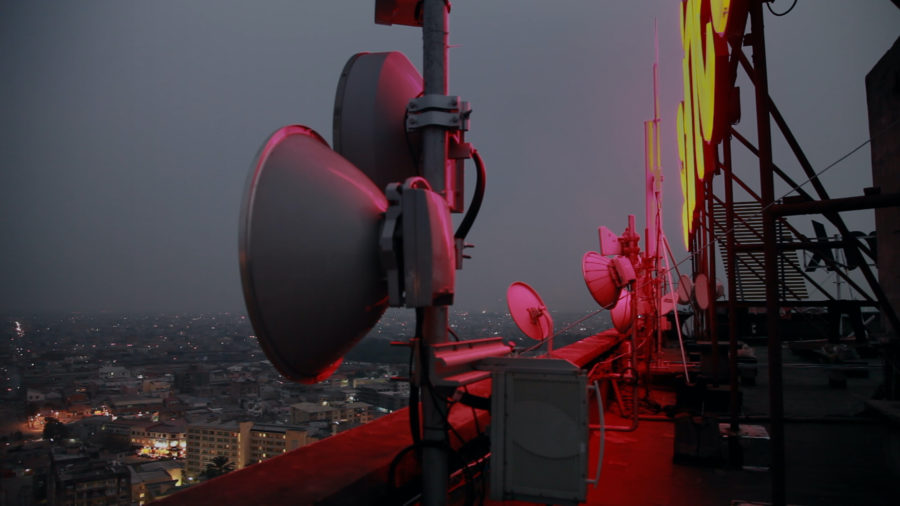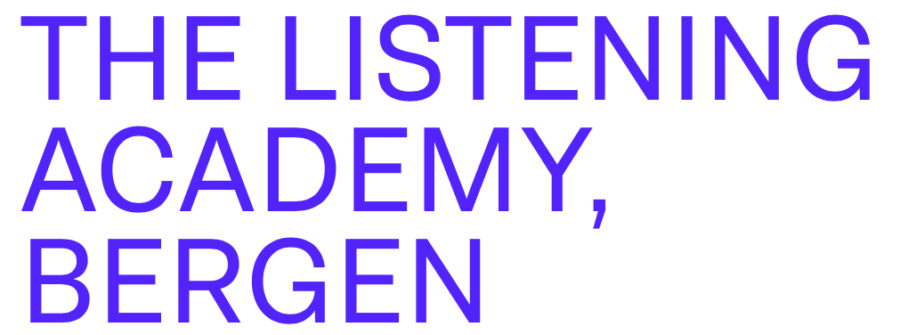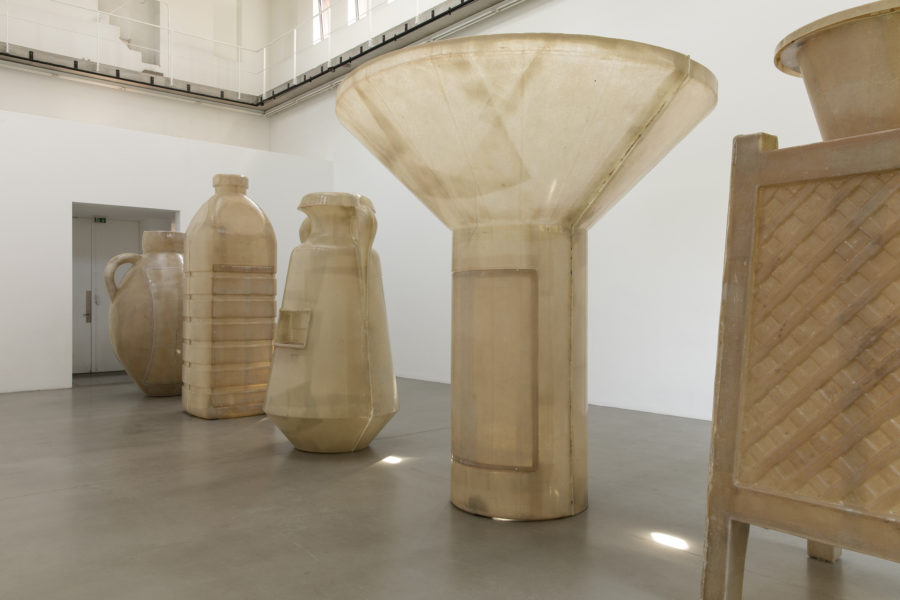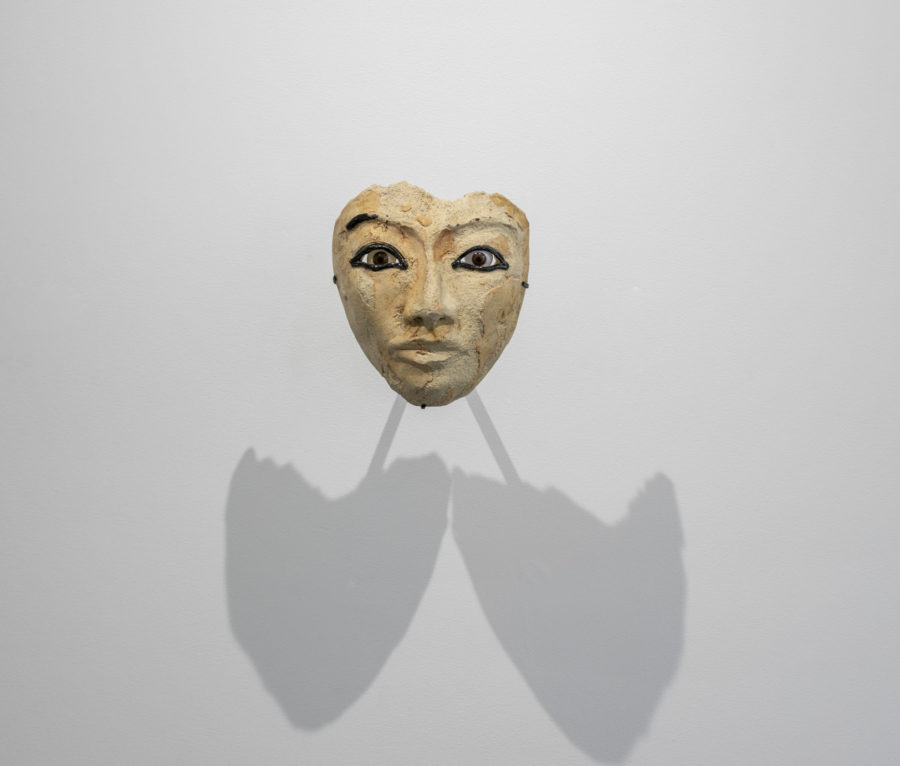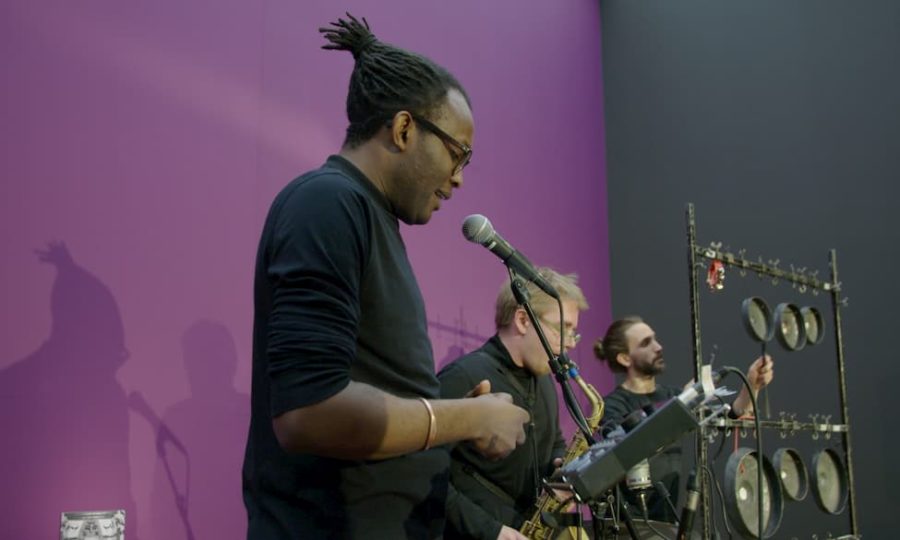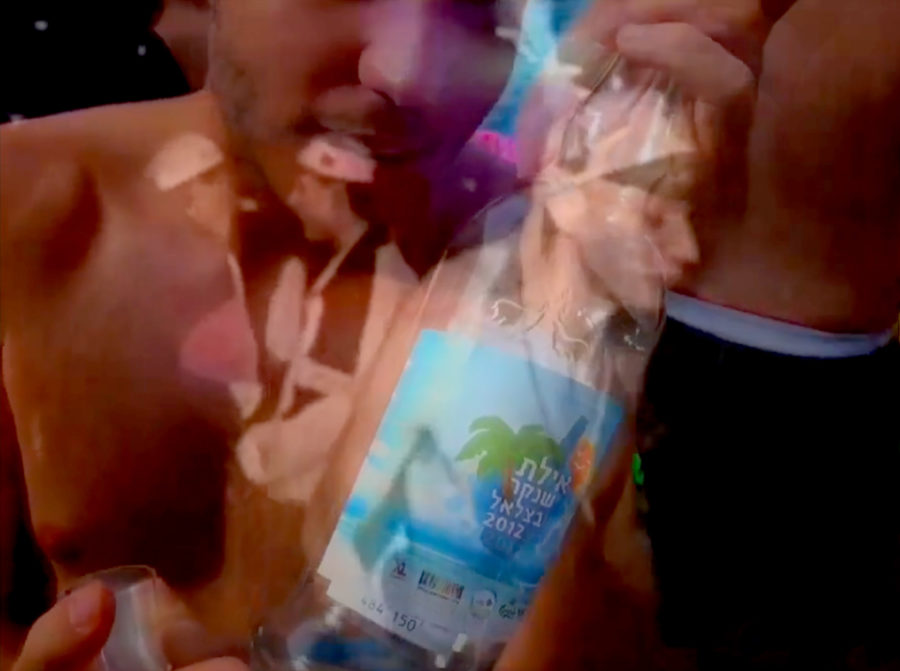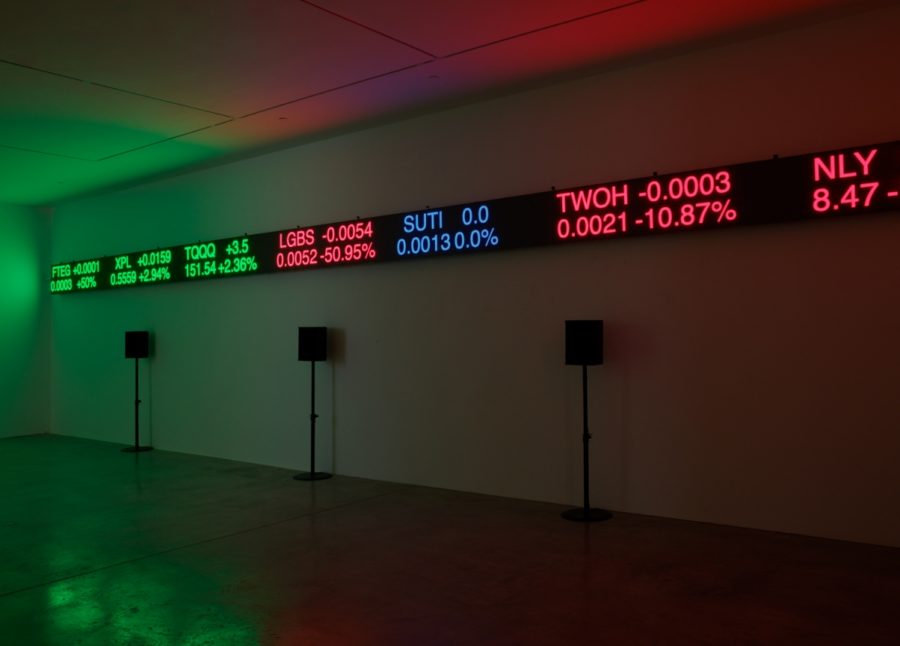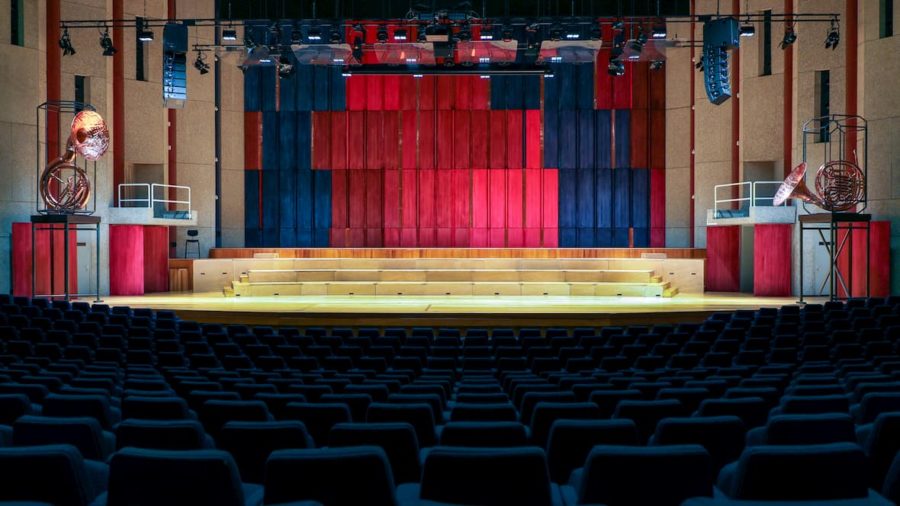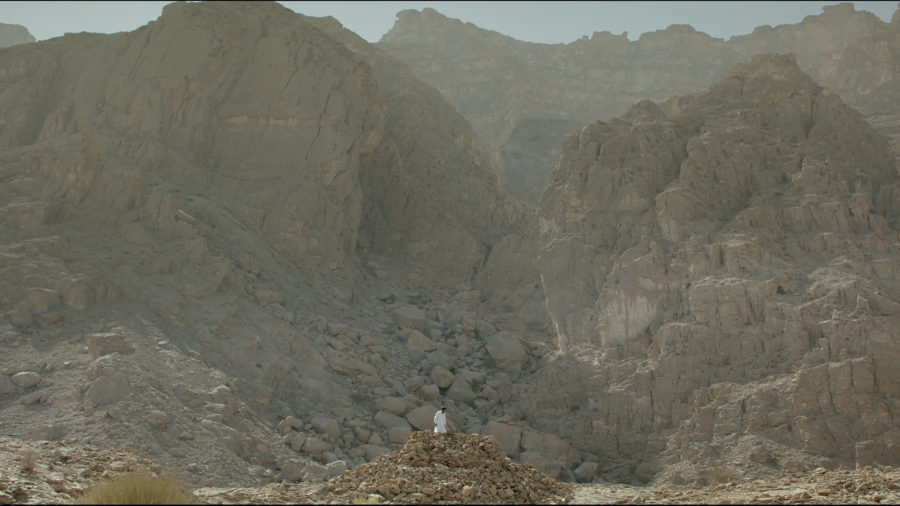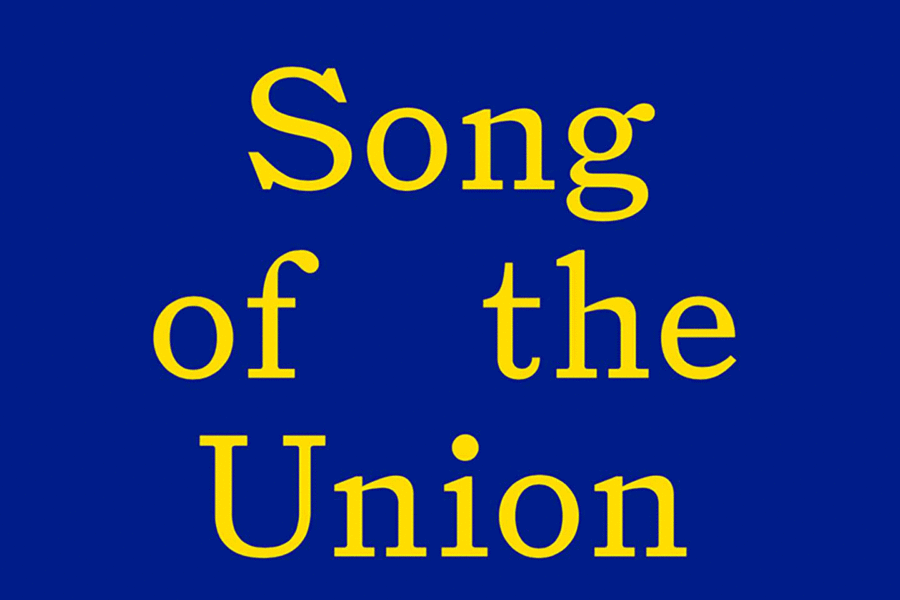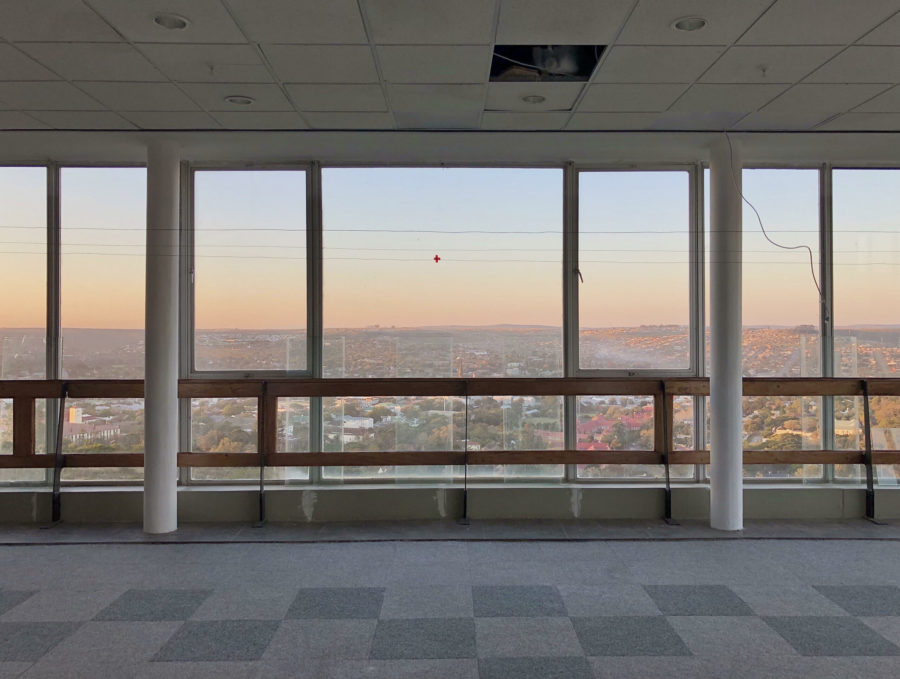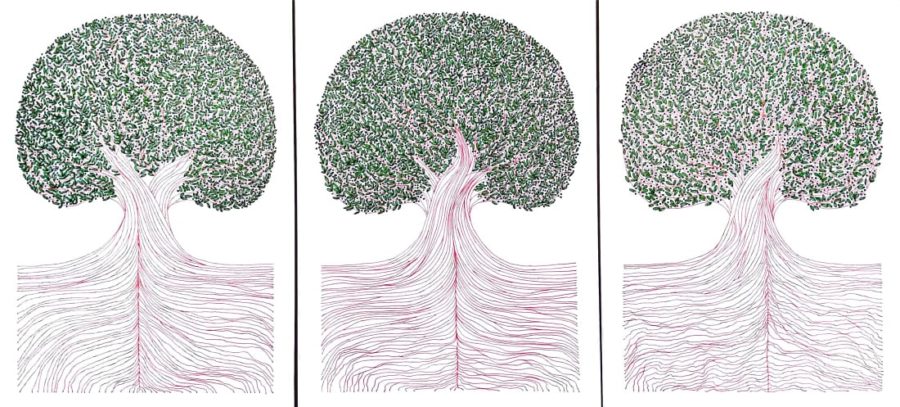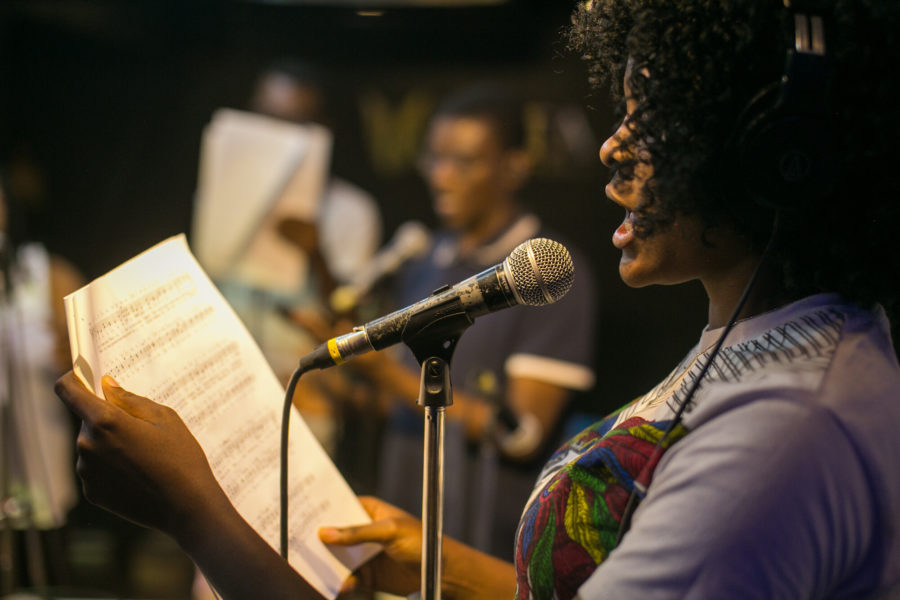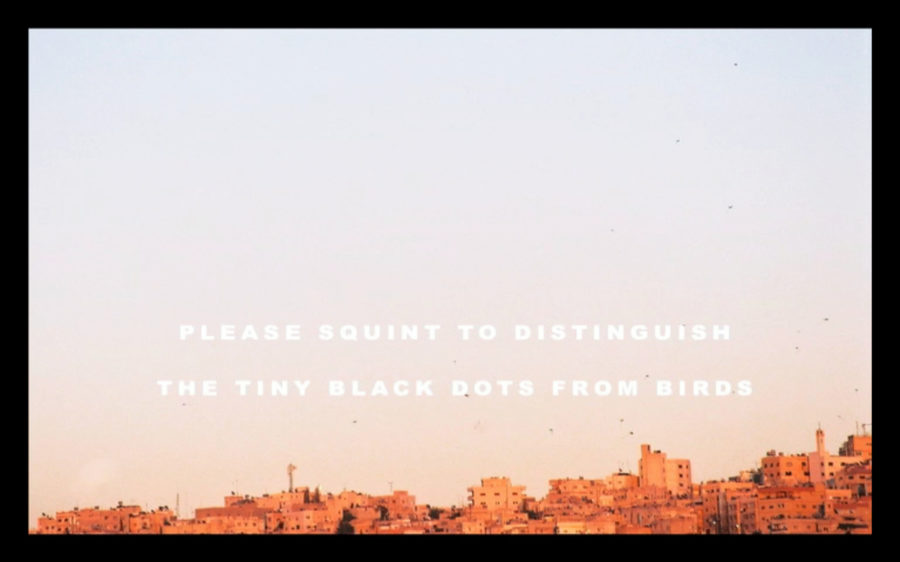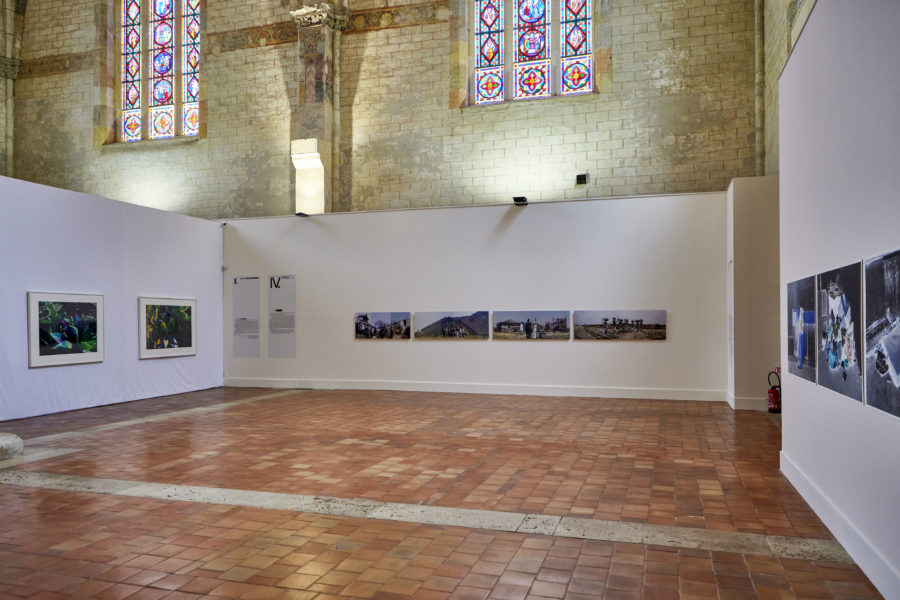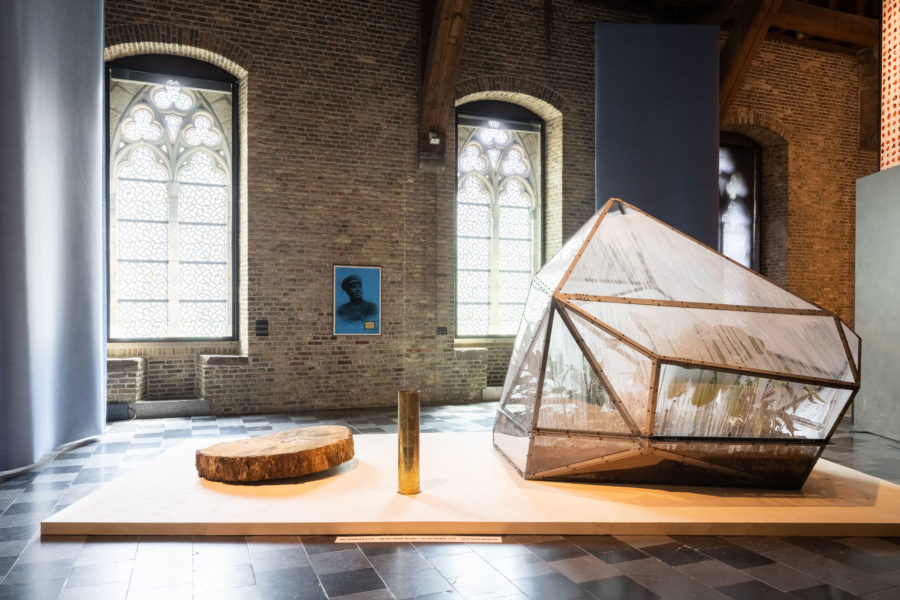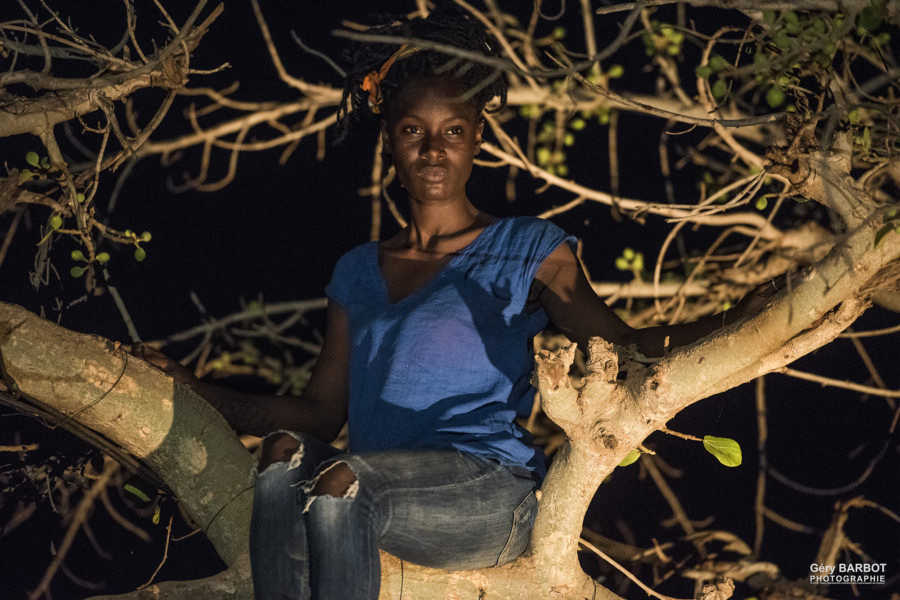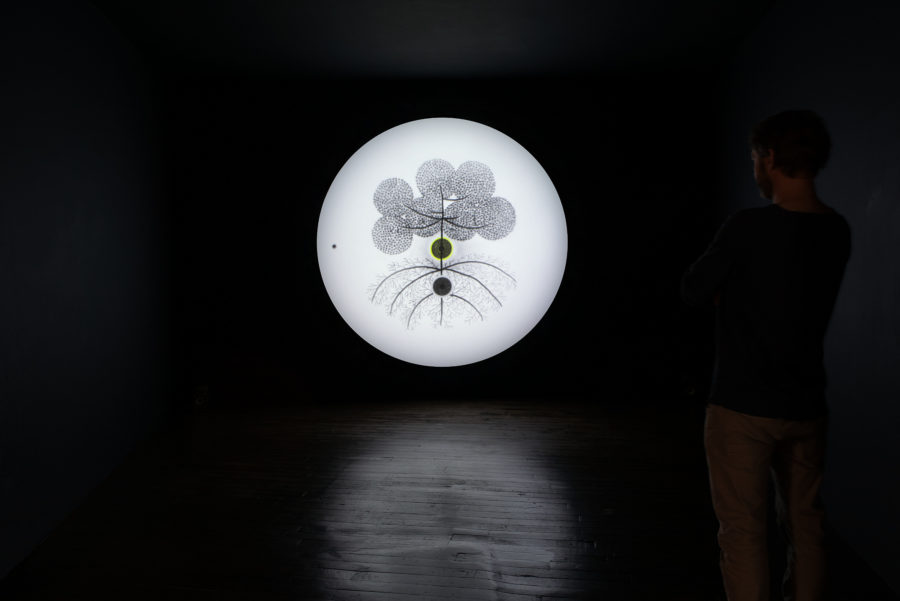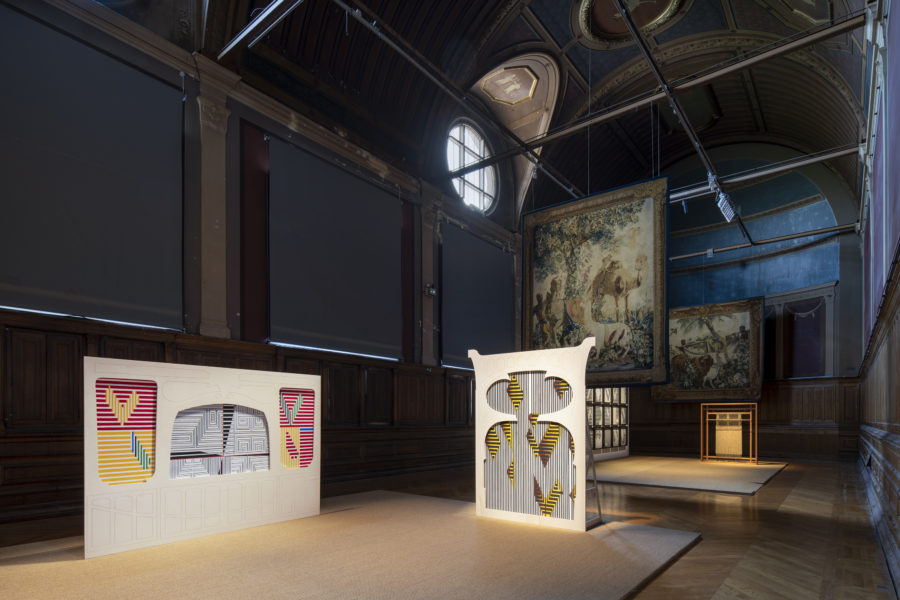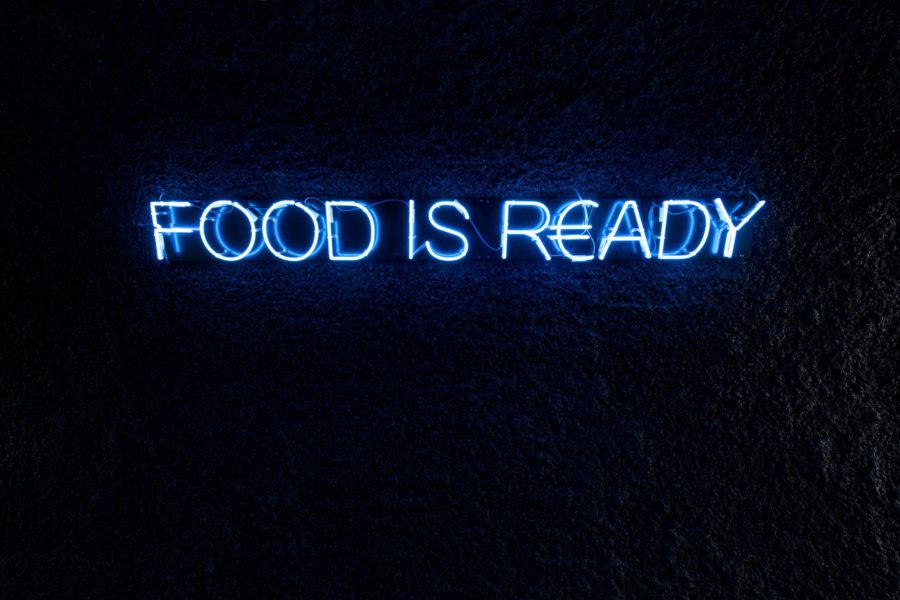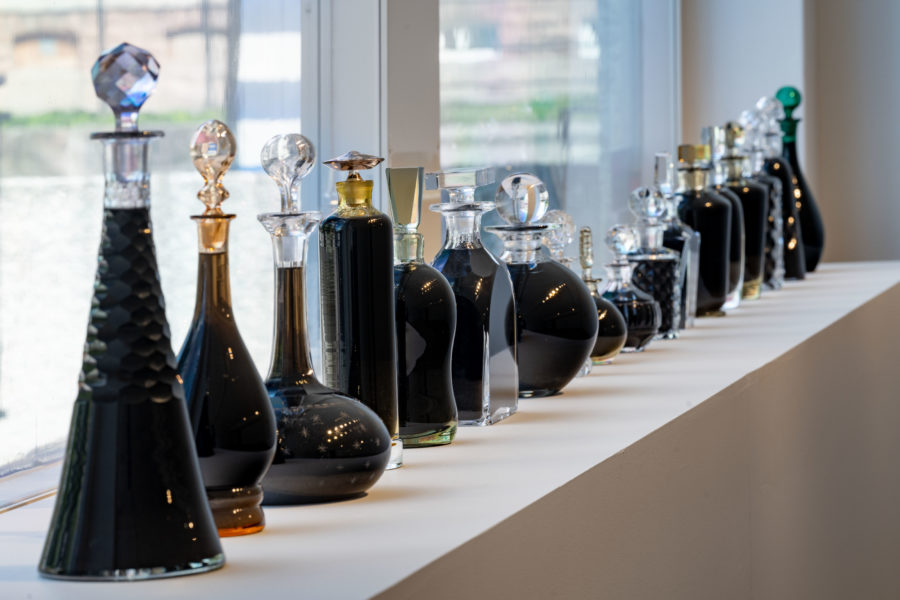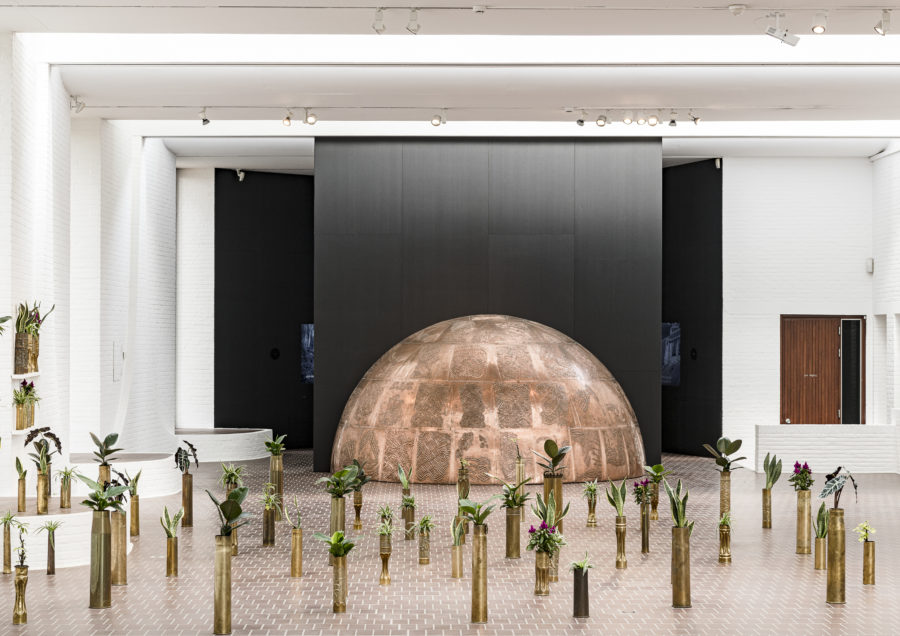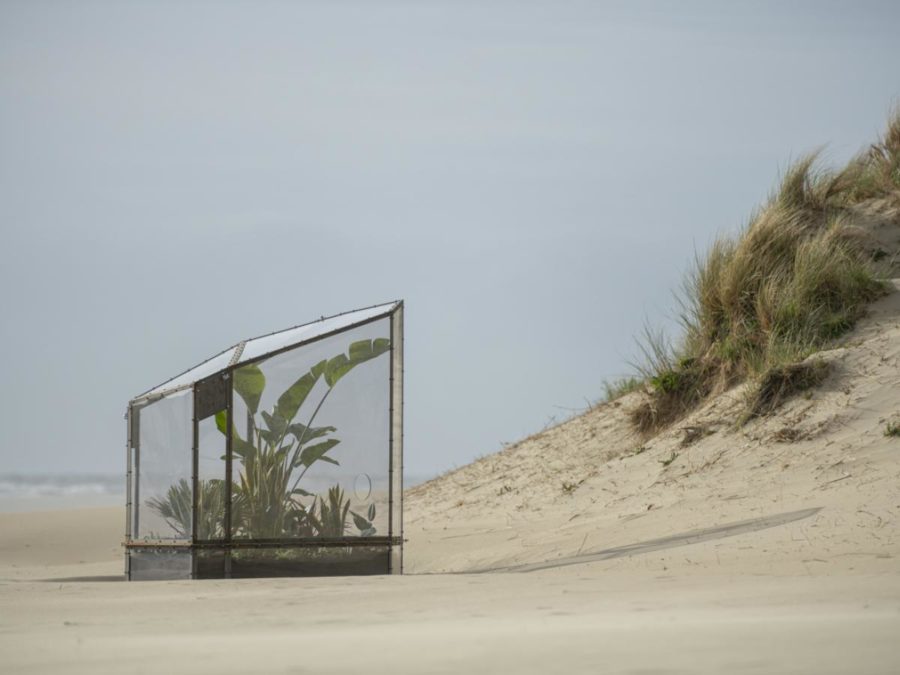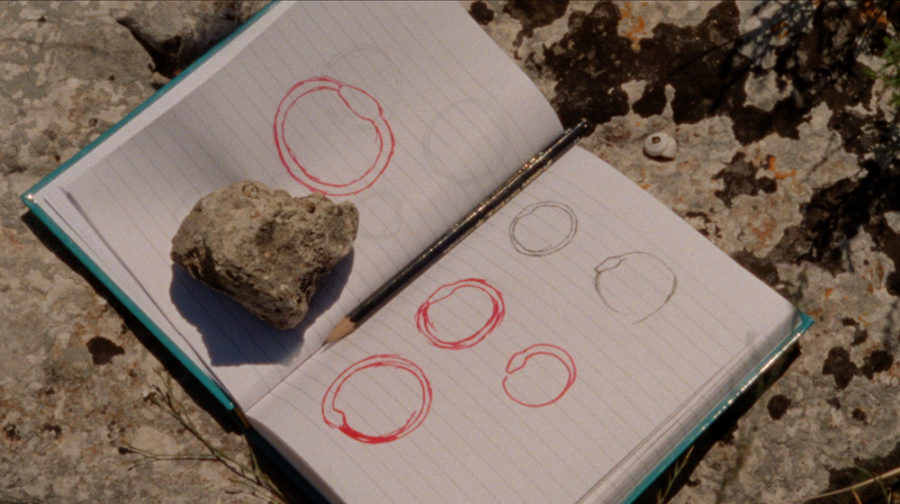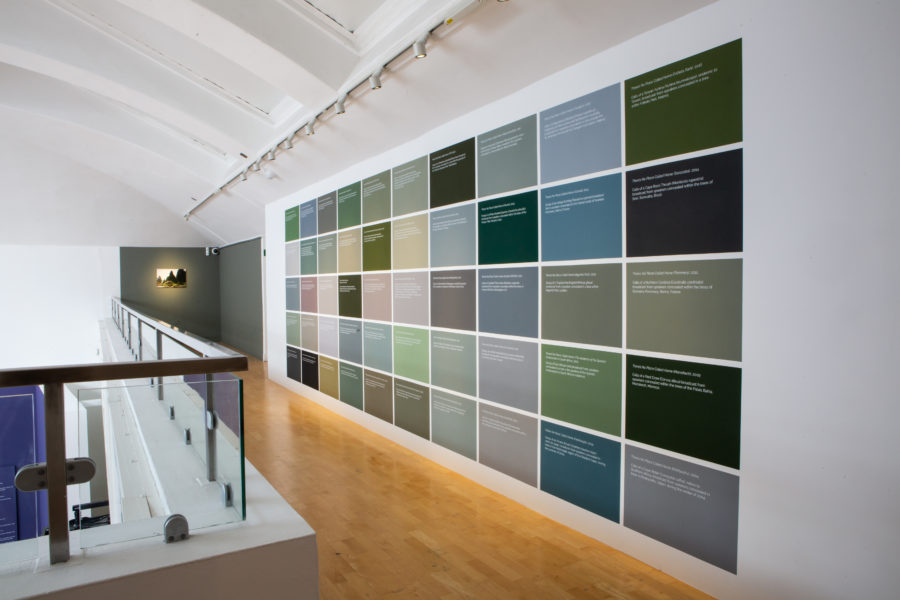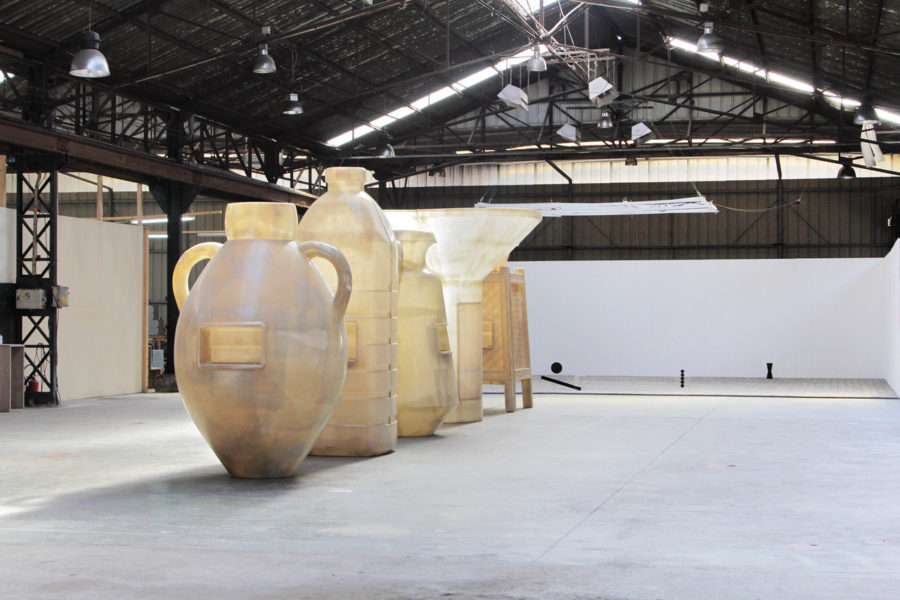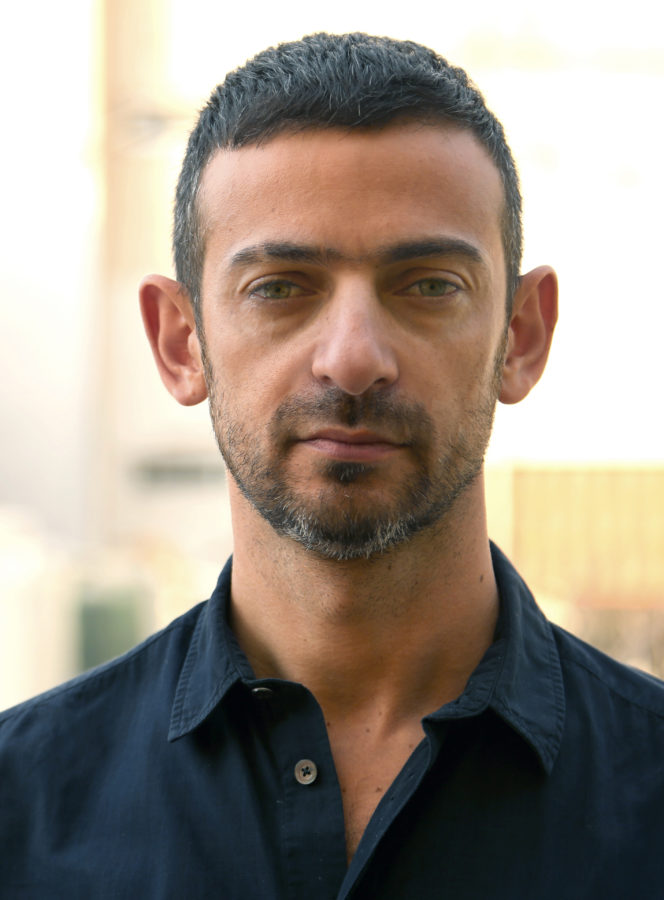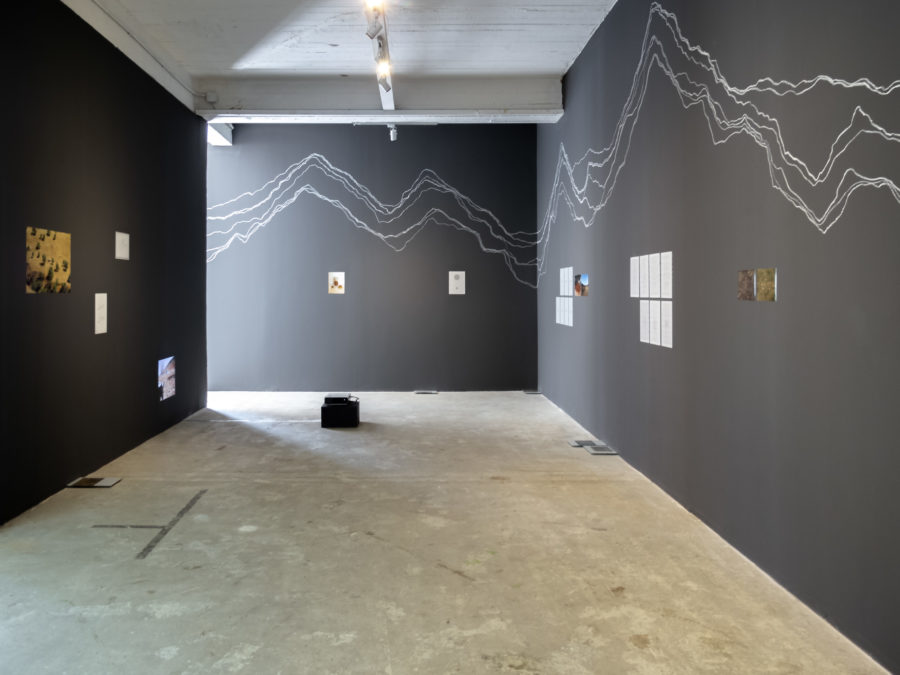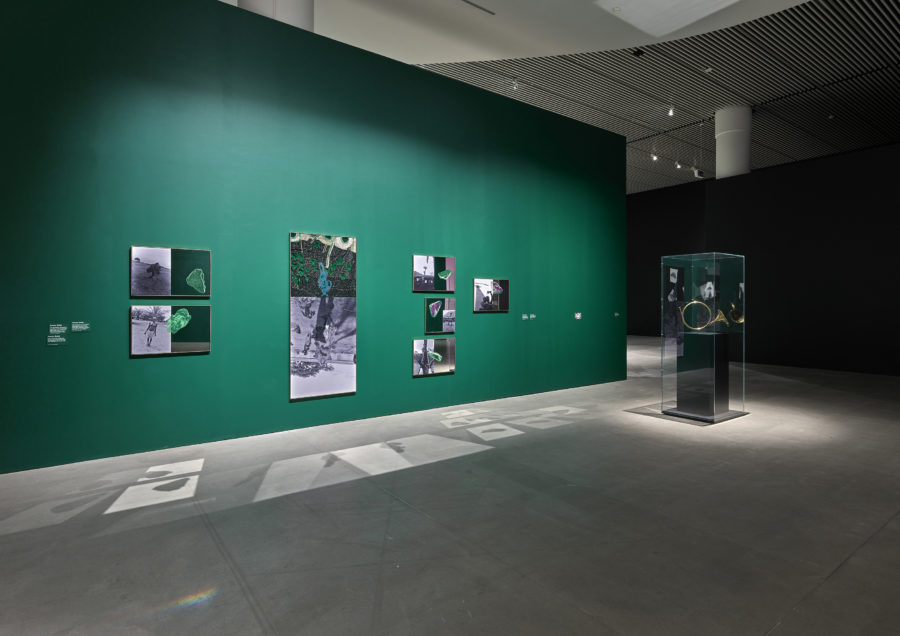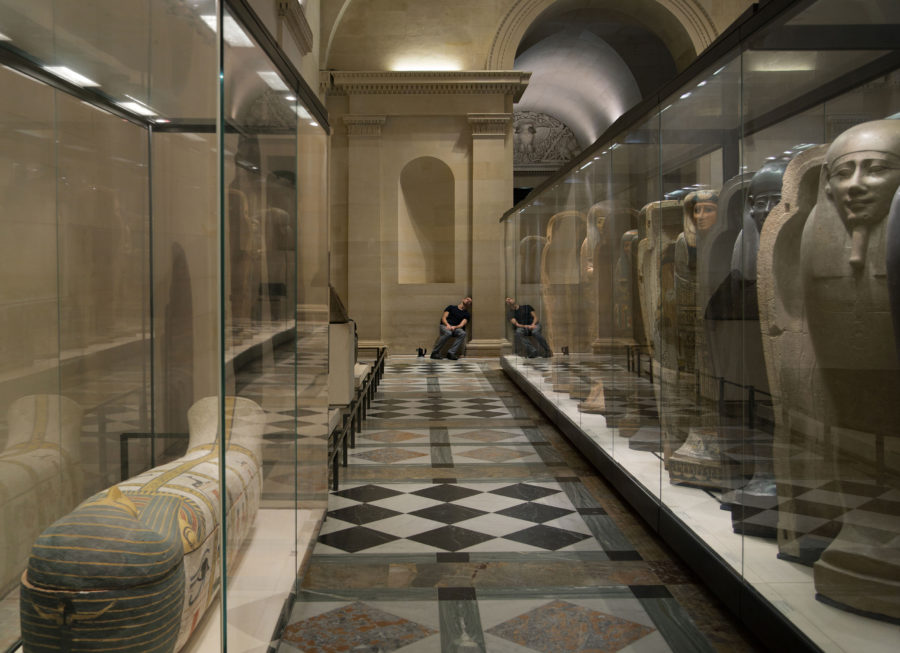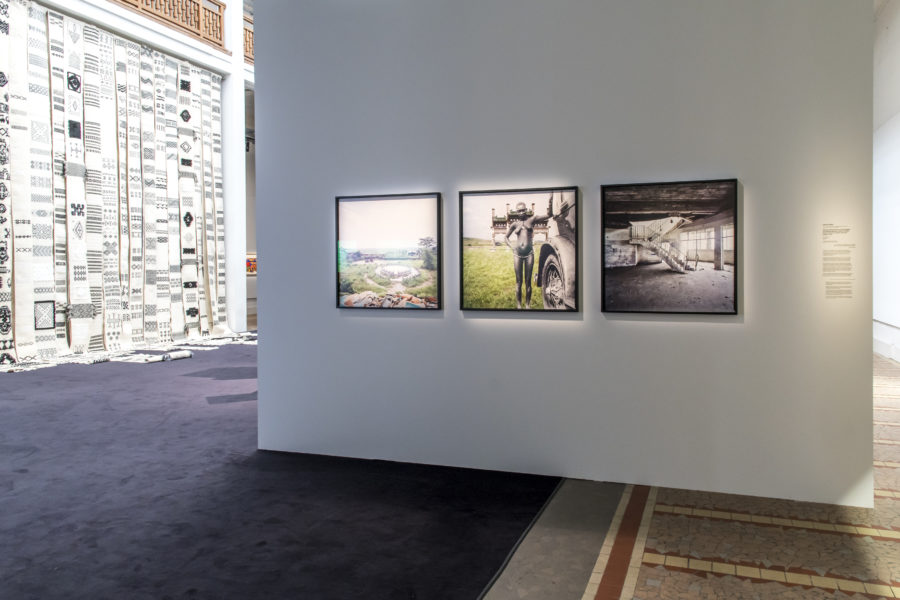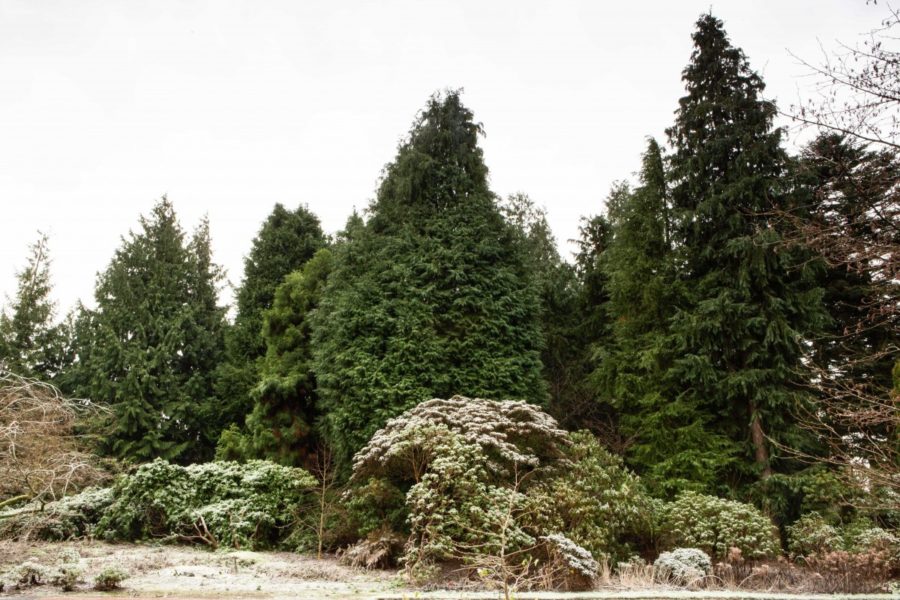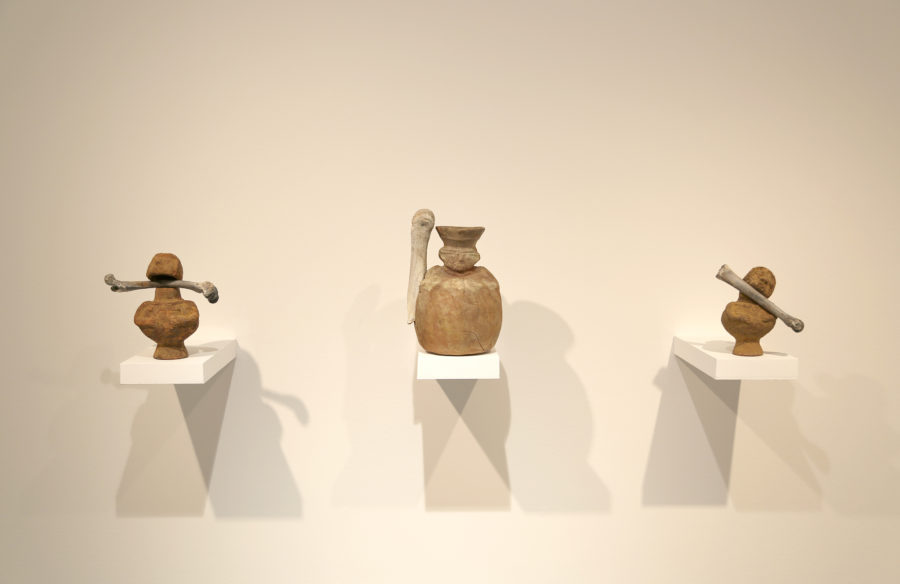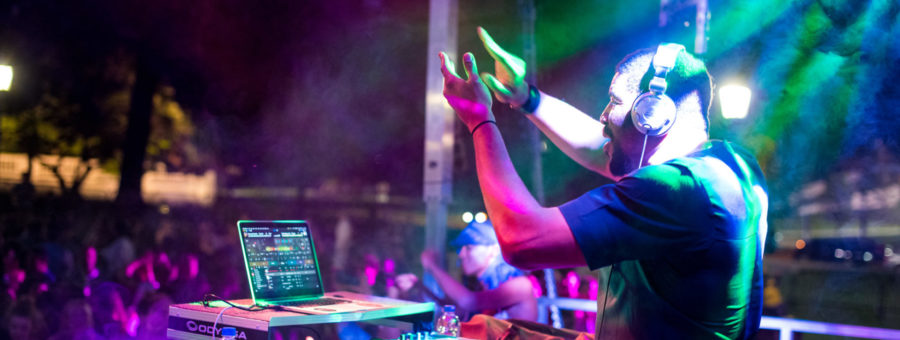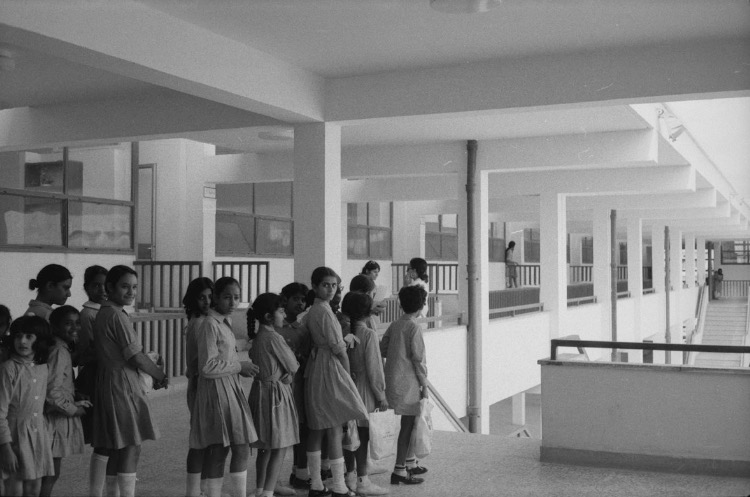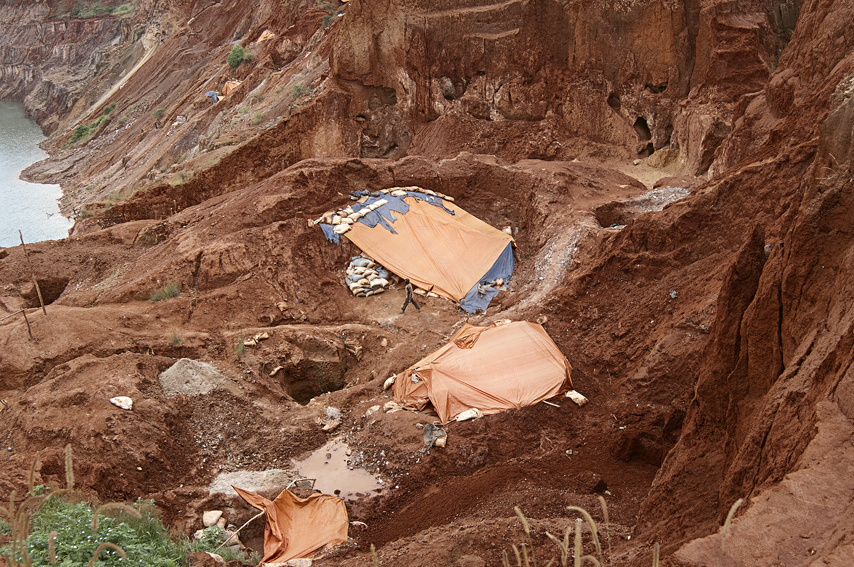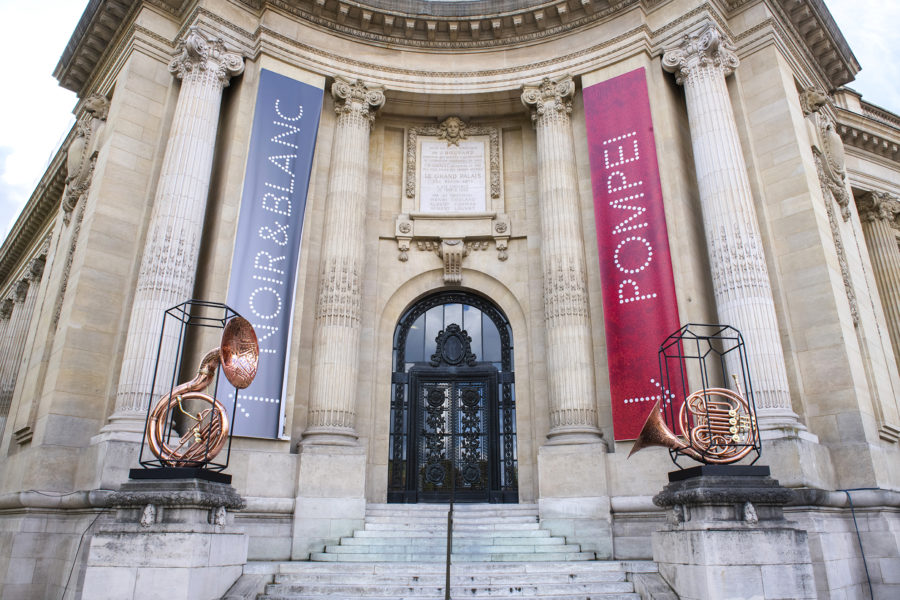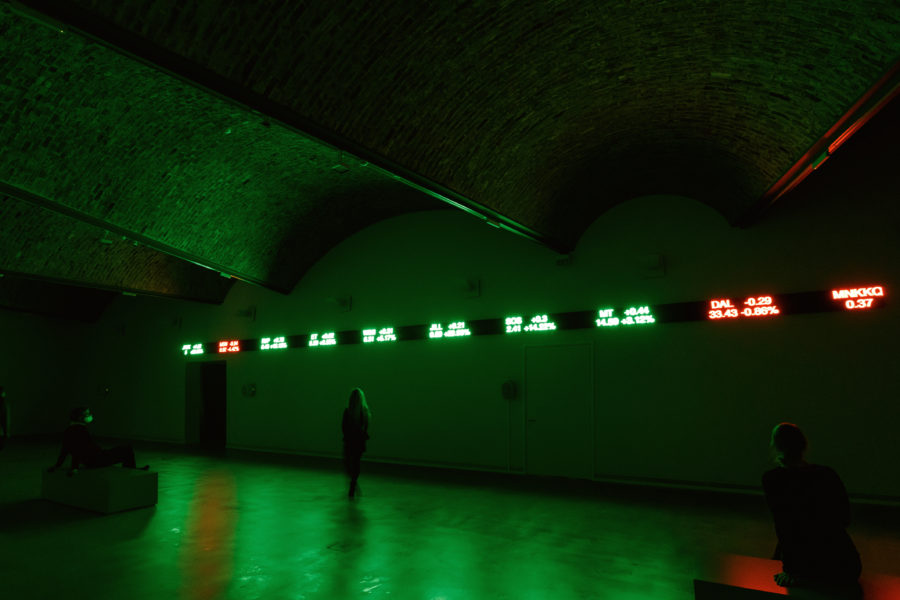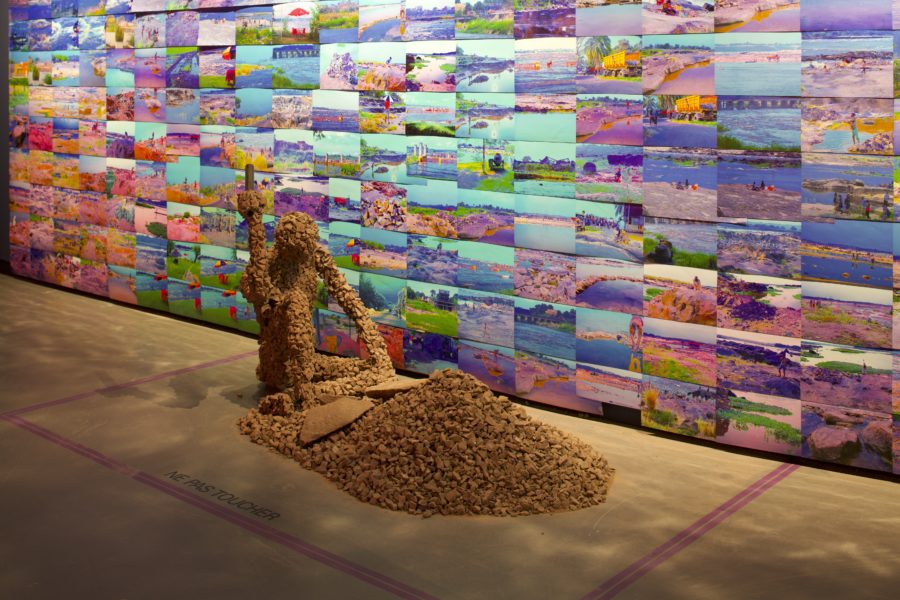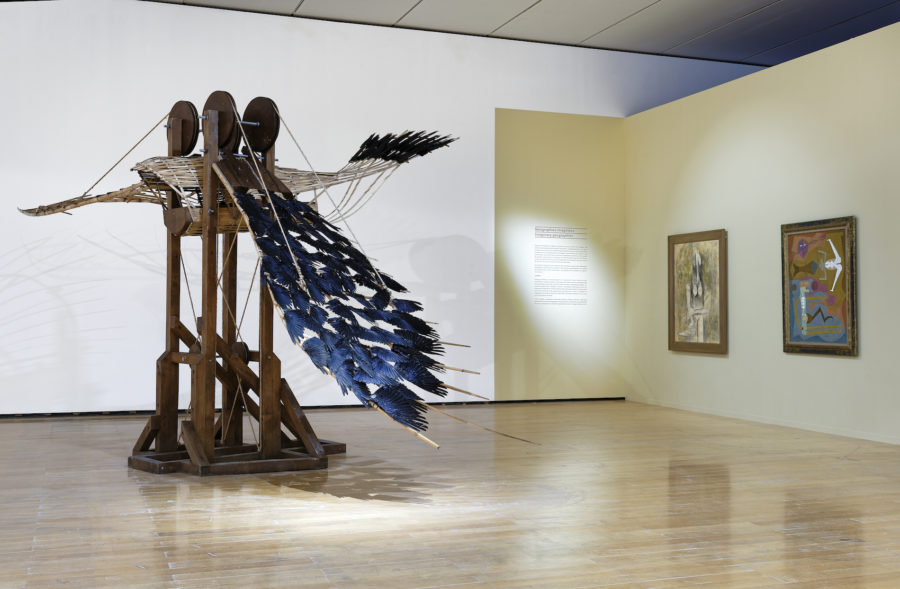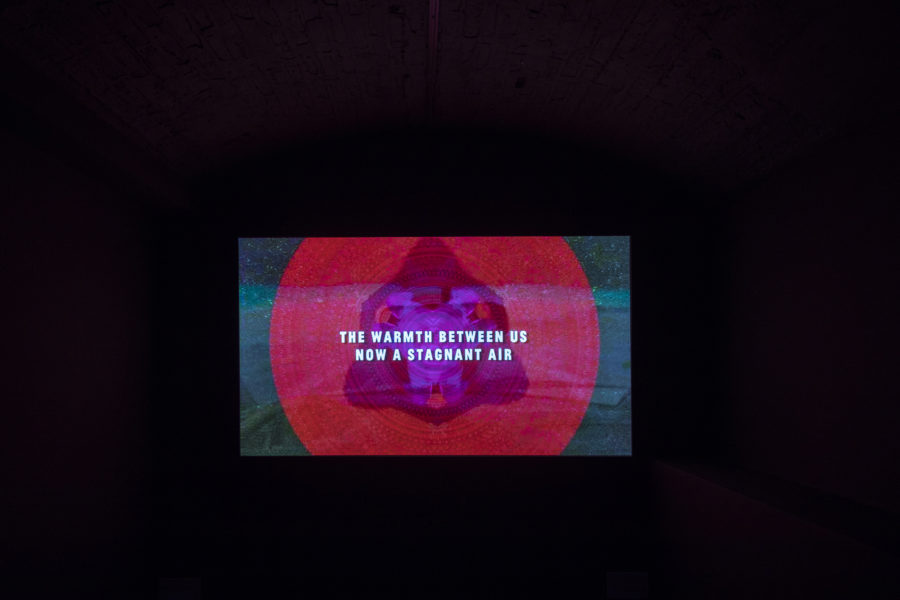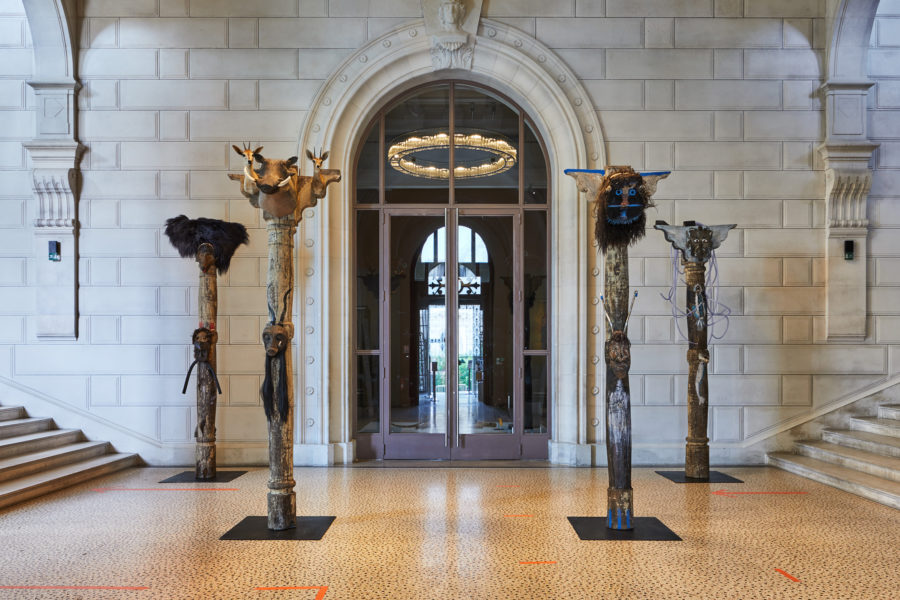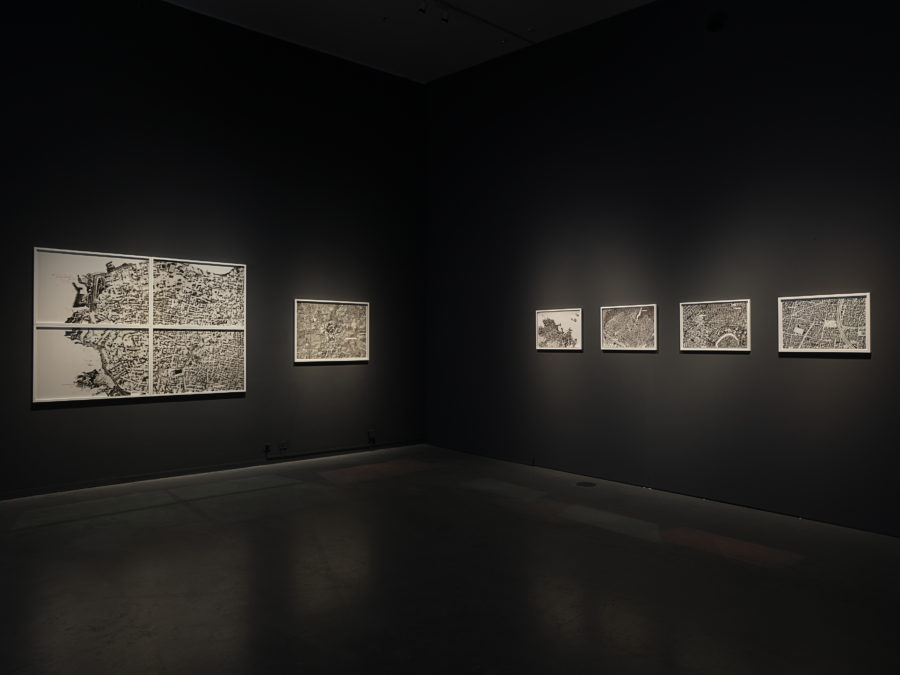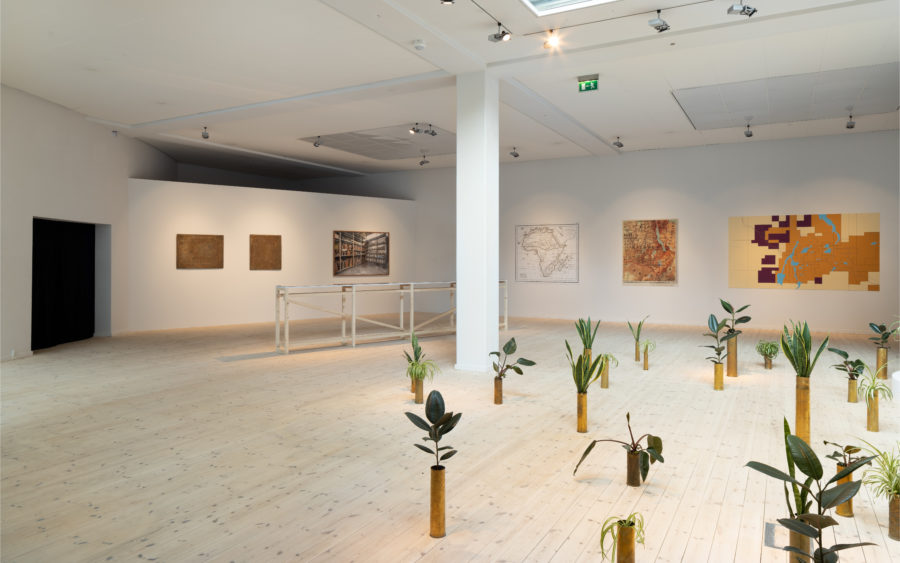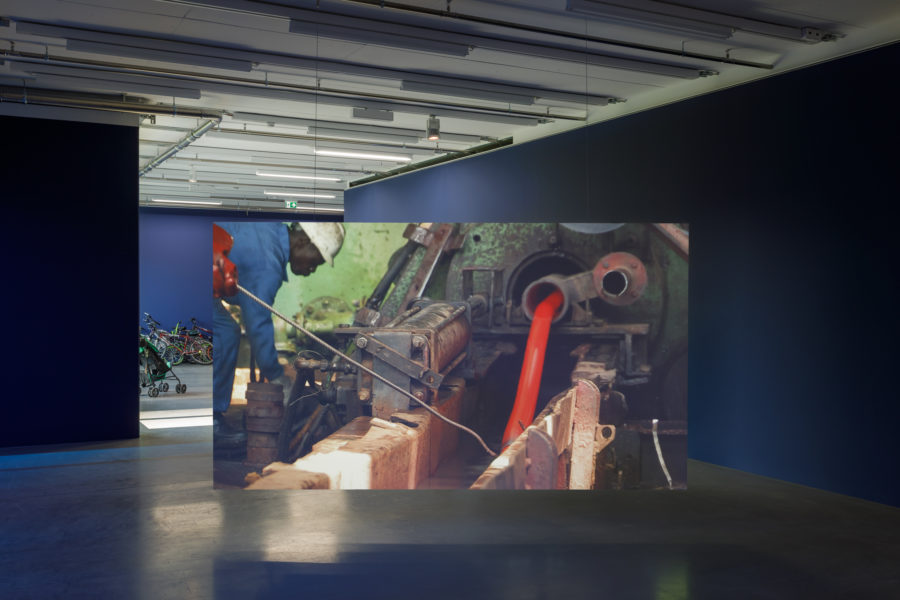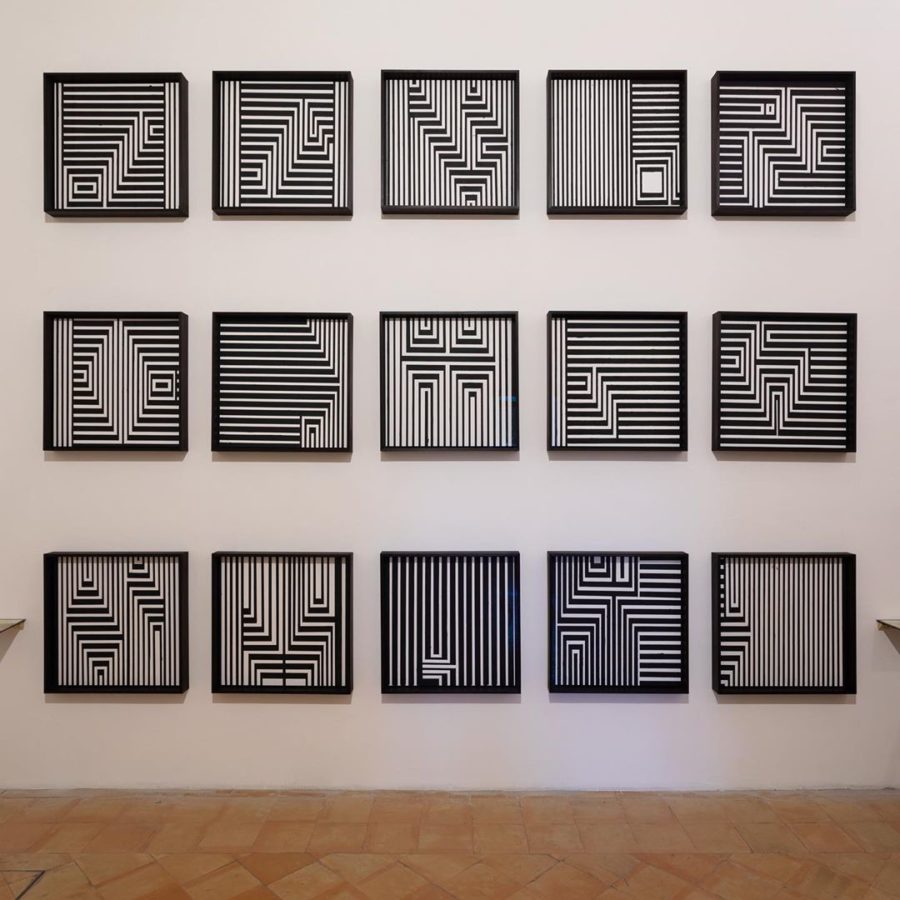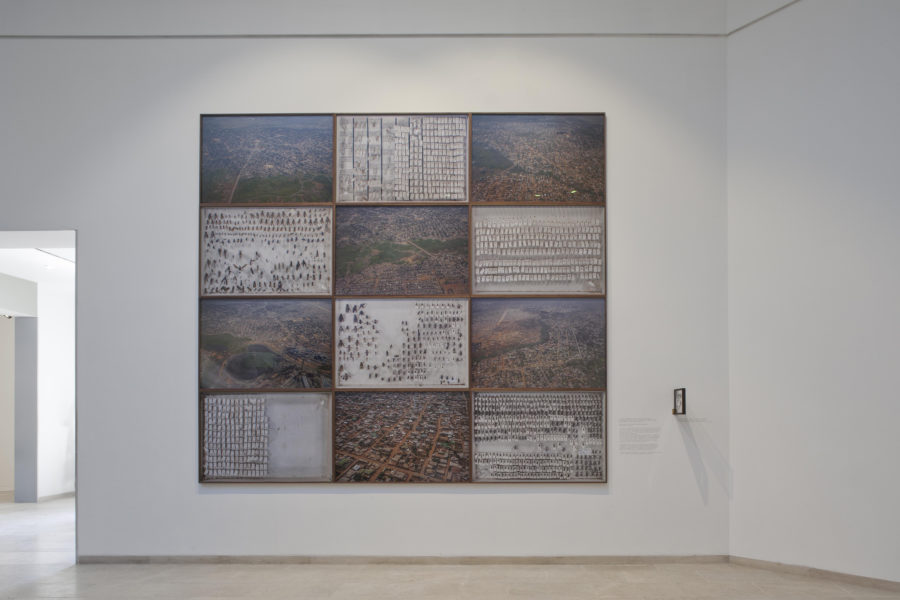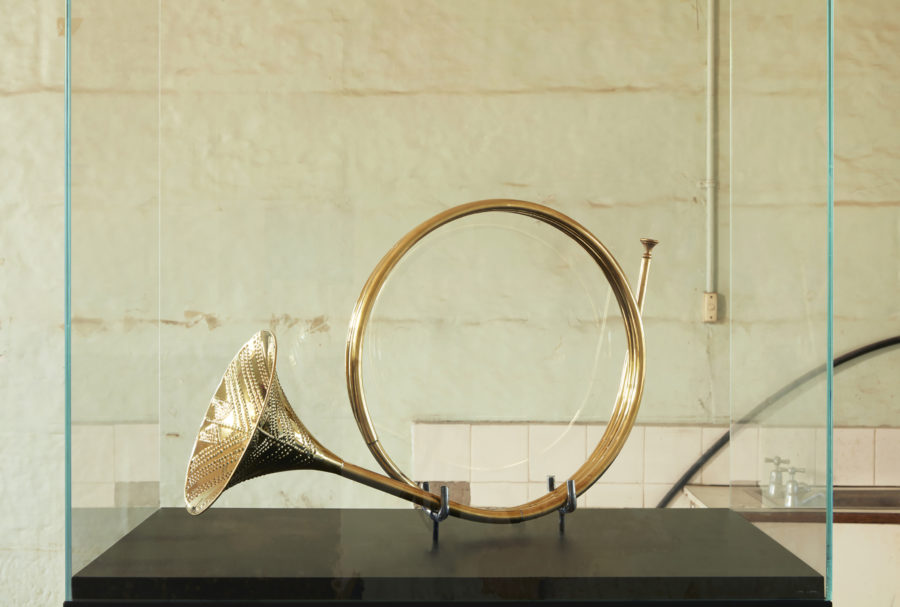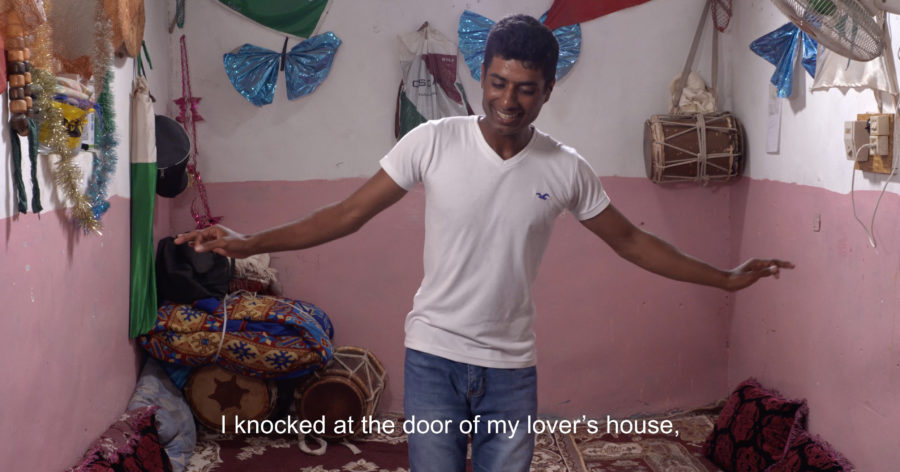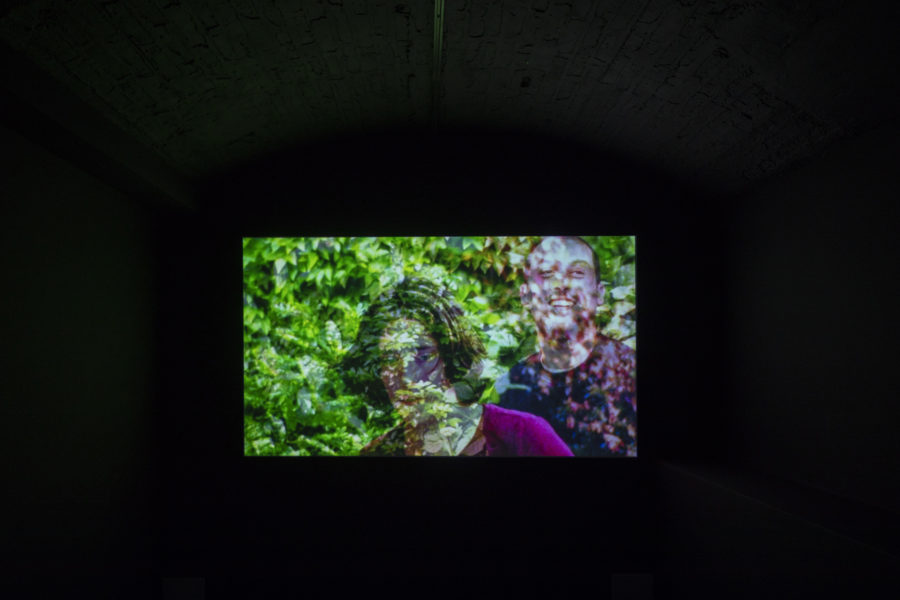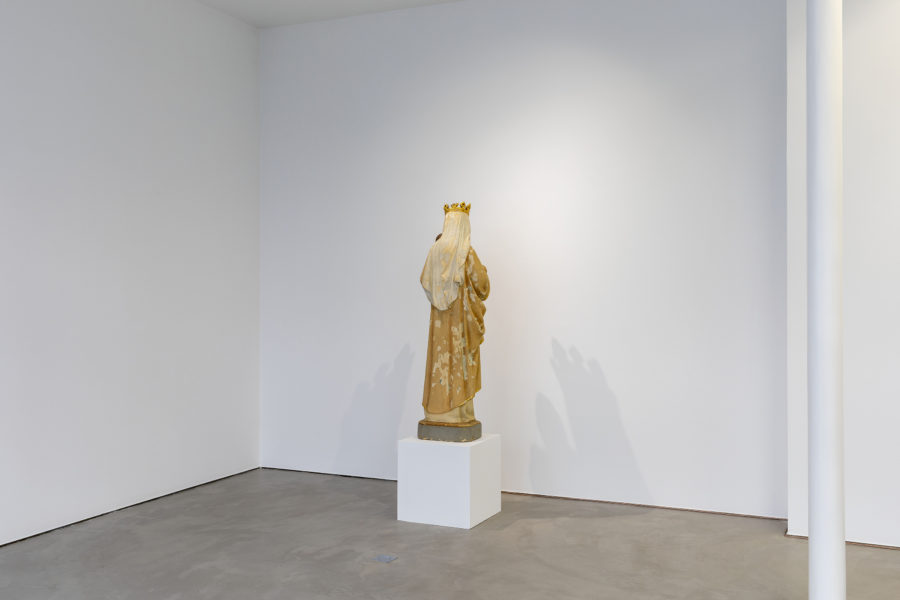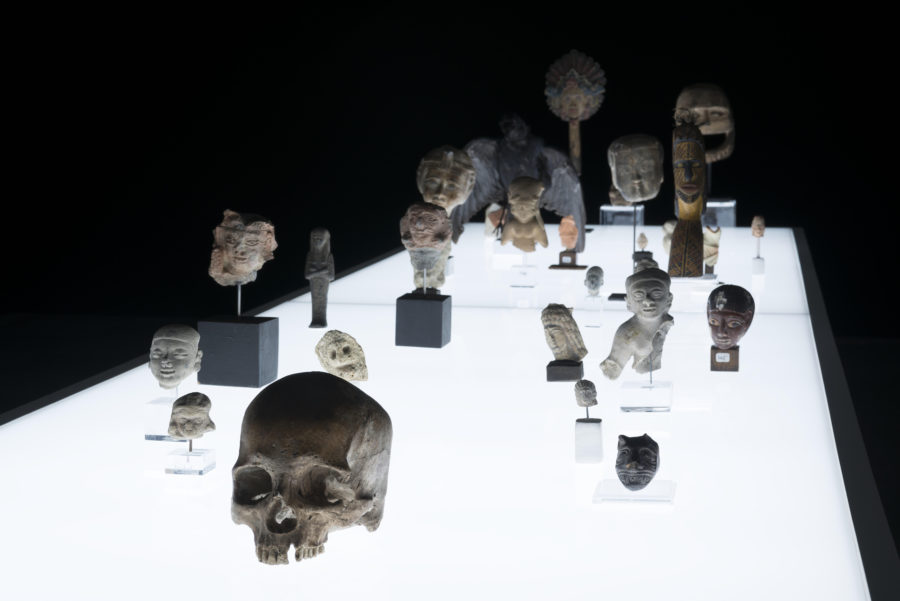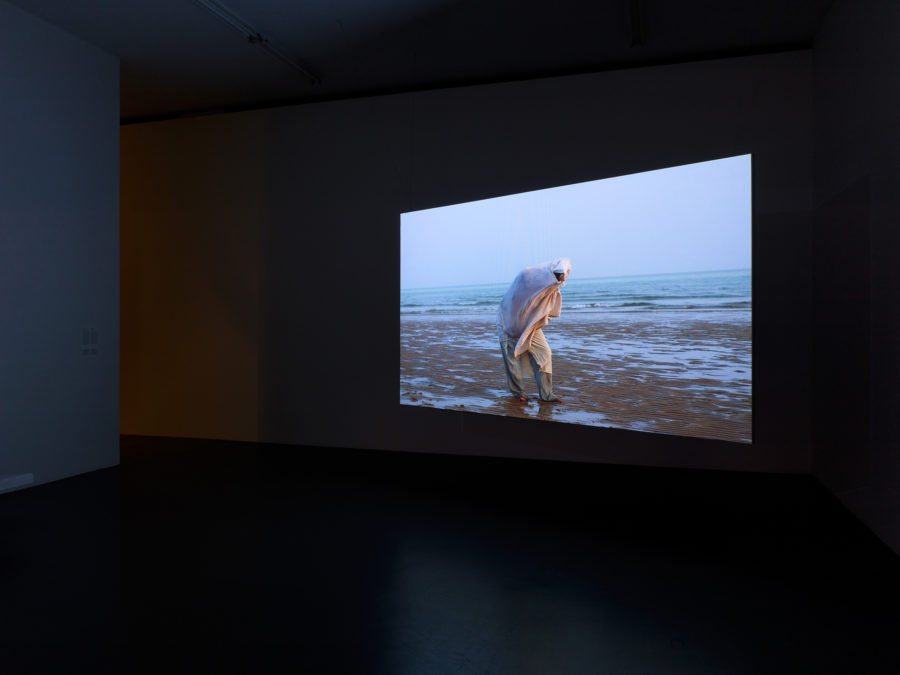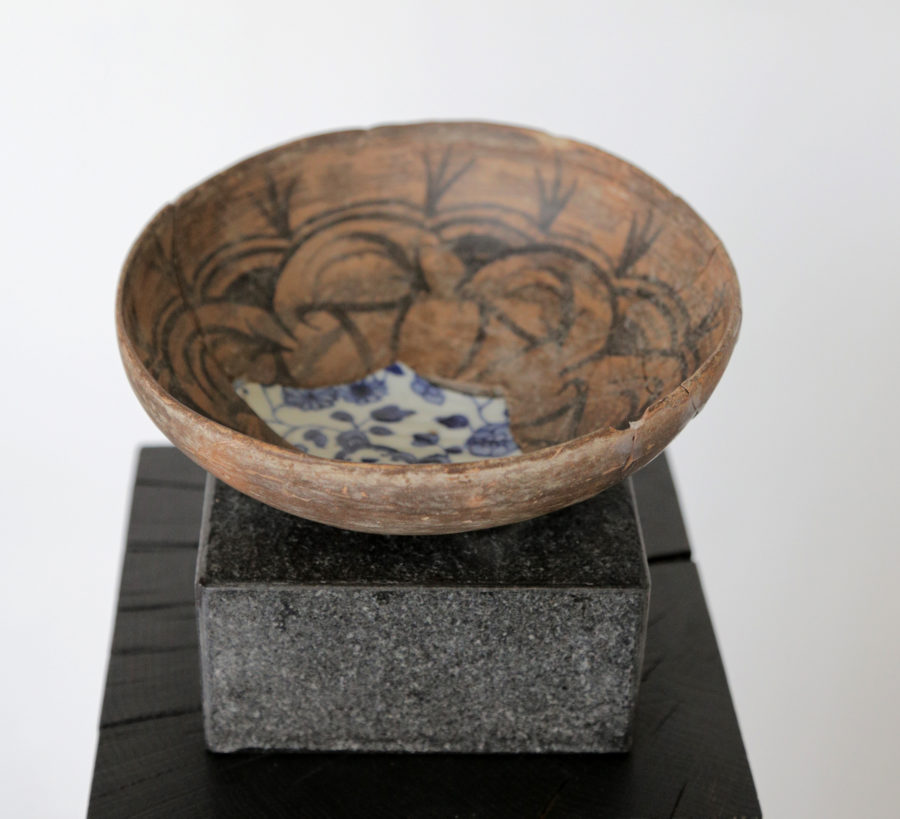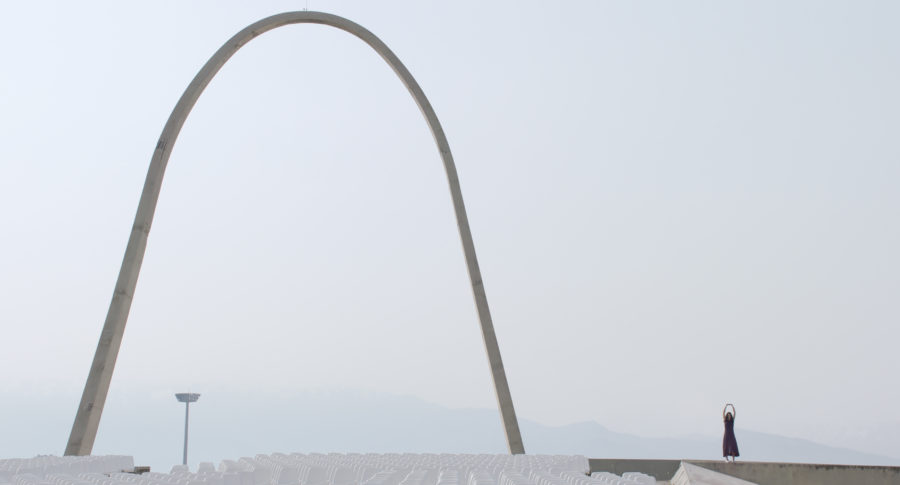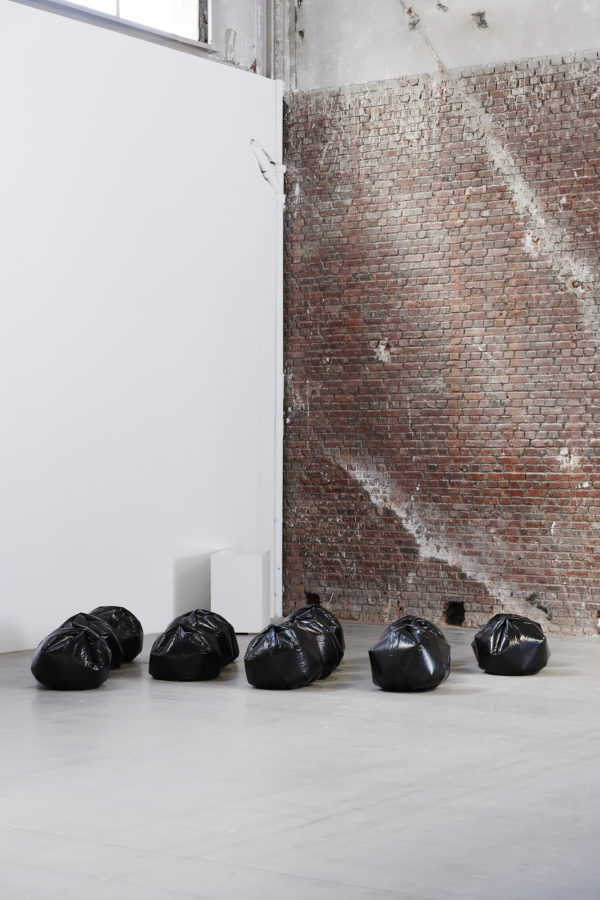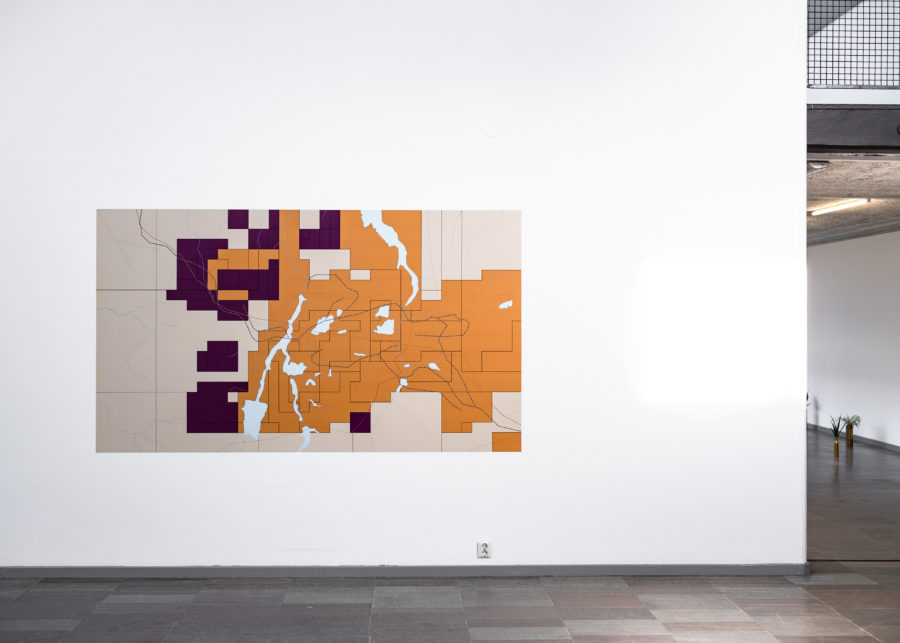Past
There’s No Place Called Home (Bélem, Lisbon)
tuuui trrrrrrrrrrrrrrrrr, by James Webb (1975, Kimberley, South Africa), operates as two chapters in the same story—There’s No Place Called Home (Belém, Lisbon) (2025) and Learning from Birds (2025). Most stories have, at least, a main character, a setting, and a time. The main character of this story is the song of a Woodland Kingfisher (Halcyon senegalensis), native to African regions south of the Sahara. The setting from which the birdsong can be heard is a magnolia located in the gardens of the MAC/CCB — Museu de Arte Contemporânea e Centro de Arquitetura (Museum of Contemporary Art and Architecture Centre), in Belém, Lisbon.
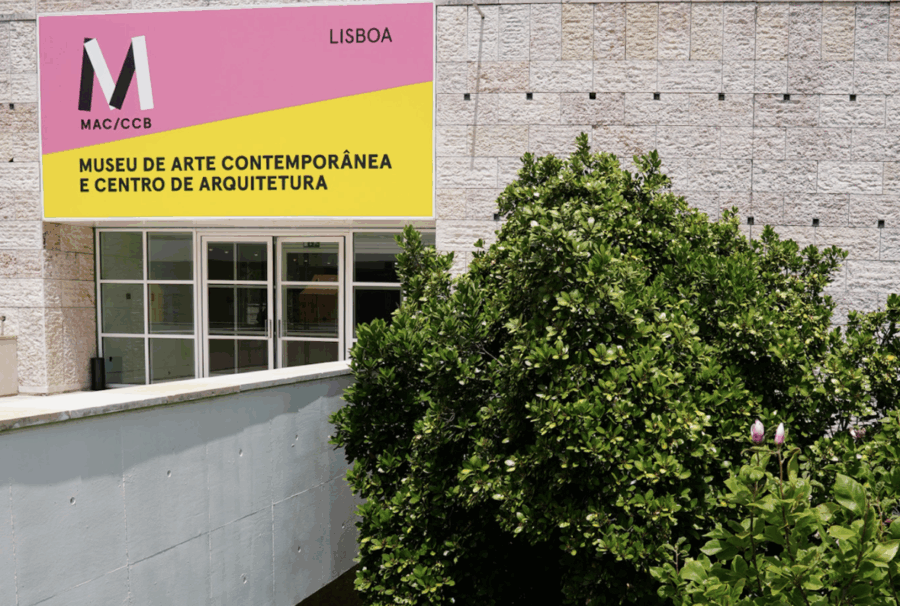
Ali Cherri
The BnF is presenting the first major exhibition dedicated to the Apocalypse. The Apocalypse? A dark, fearsome word, one that speaks of the end of the world. For two thousand years, it has echoed through our culture and Western societies whenever a major catastrophe occurs, and even today, it lingers in the background of our climate anxieties. And yet… This word means revelation, unveiling. In its biblical source, the Apocalypse speaks of a veil lifting to reveal the timeless kingdom that will unite believers in the celestial Jerusalem. A word of hope, meant to dispel our deepest fears?
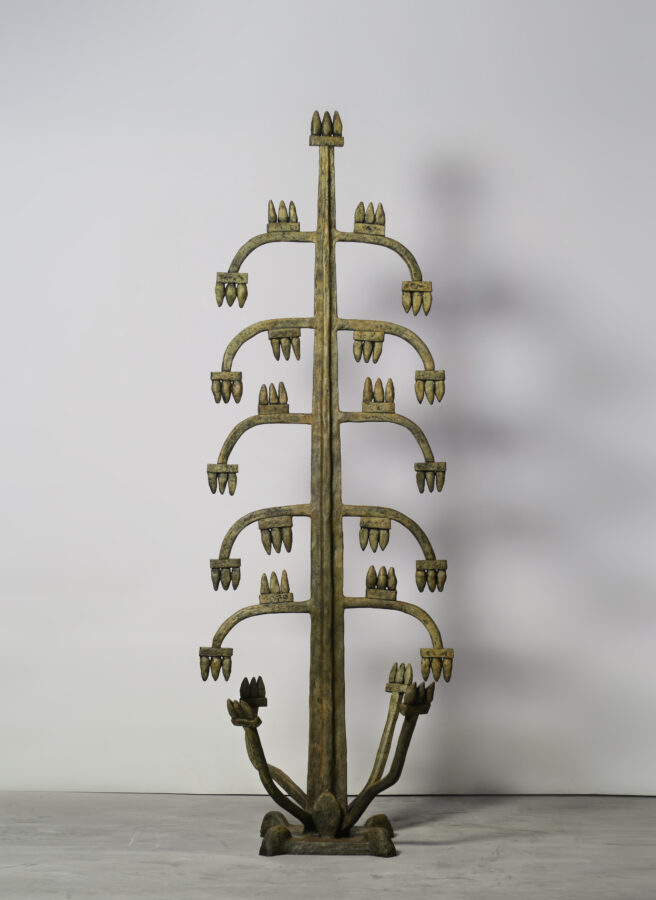
Sammy Baloji
Sammy Baloji’s participates in the inaugural edition of the Abu Dhabi Public Art Biennale with his work “Kombwelo 504″—a new piece created in collaboration with Jean Katambayi.
It is a 1:1 scale Peugeot 504 car — a 1970s and 80s status symbol for mining administrators-rendered in copper wire. The car references kombwelo, miniature wire cars crafted by Congolese children from discarded materials where commercial products are scarce. In Kombwelo 504 (2024) black irrigation tubes-reminiscent of Abu Dhabi’s irrigation systems-symbolise the lifeblood that sustains the desert city and transformation due to oil extraction. The work juxtaposes the Congo where resource extraction still shapes the land with Abu Dhabi’s relationship to water and oil, highlighting the connection between industry, environment, and survival in resource-driven economies.
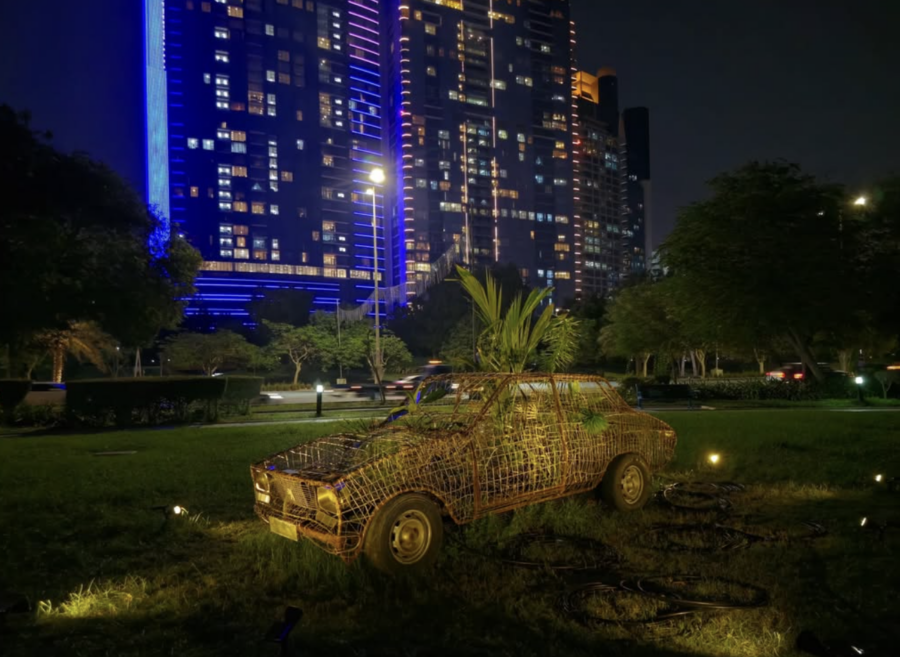
Sinzo Aanza
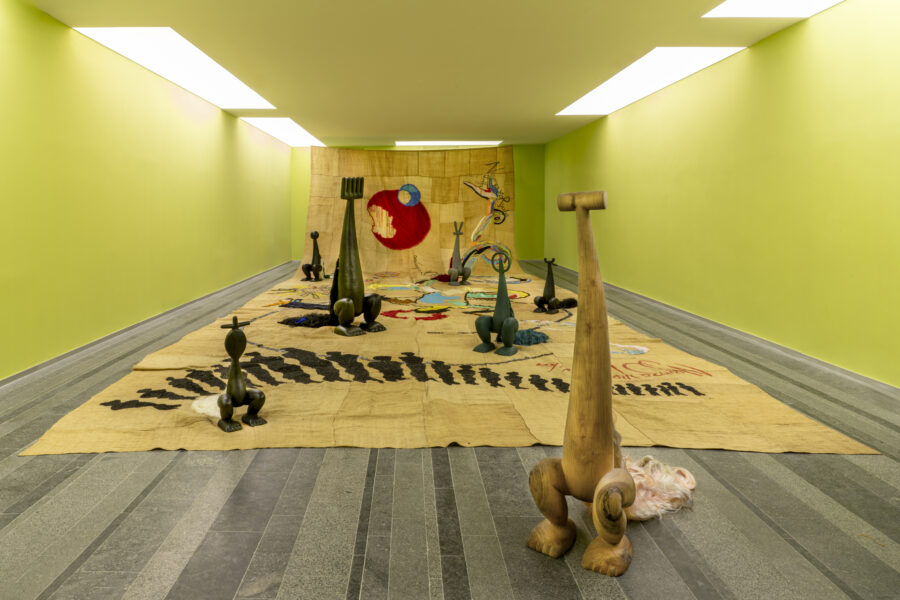
Sinzo Aanza, Analog Statistics (detail), 2024 © Photo by Ela Bialkowska, OKNO Studio for PinchukArtCentre/Future Generation Art Prize 2024
Younès Rahmoun
Noor Riyadh, the Largest Light Art Festival in the World, returns for its third edition from November 30 – December 16, 2023. Its accompanying exhibition runs from November 30, 2023, through to March 2, 2024. This citywide spectacle promises to bathe Riyadh in a glow of large-scale light art, captivating building projections, performances, and beyond. Witness artistry unfold in five hubs across Riyadh.

Sinzo Aanza
This journey through the history of time brings together paintings, videos, films, installations, performances and examples of the watchmaker’s art. The works attest to the ephemeral nature of life; they tell of the changing seasons, the possibilities to reflect and global financial markets that are now synchronized down to the last picosecond. A multilayered carpet that sheds light on historical, palaeontological and physical views of time is laid out over more than 1,200 metres of exhibition space, dividing the presentation into six chapters which consider ‘deep time’, political dimensions and biological aspects of time, and more. Participatory formats invite visitors to share their views on innovative models of the future. The opportunity is as appealing as it is urgent, given the unending debate within society about how we can still safeguard the survival of our planet and those who live on it – and how much time we have left to do so.
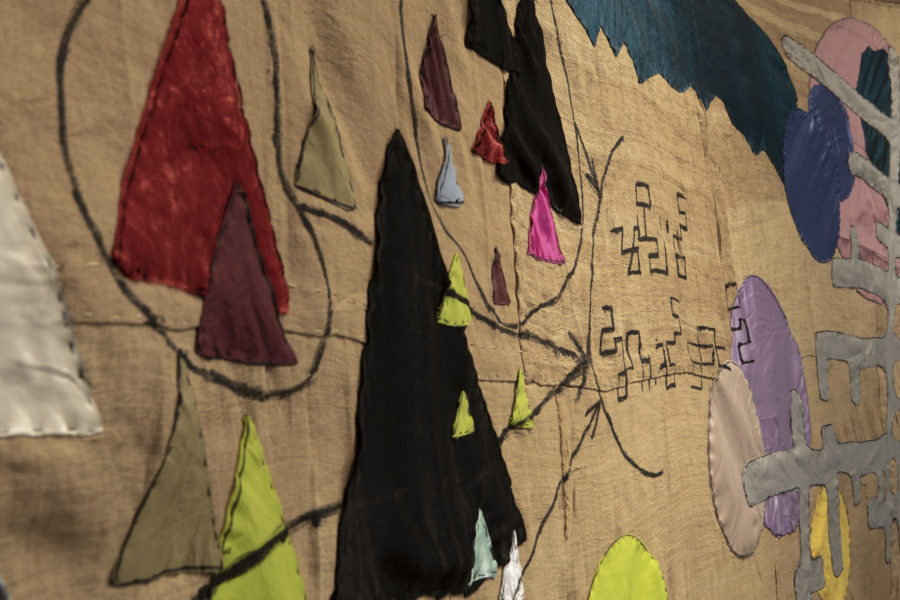
Sammy Baloji
In his artistic work Sammy Baloji investigates the history of mining in his home city of Lubumbashi, located in the southeast of the Democratic Republic of Congo. He contrasts the profound destruction of the environment and social structures to the memories and hopes of people in the Katanga region. Key elements of his artistic practice are to encourage collaboration between art producers, activists, and academics as well as bringing together many different kinds of knowledge and production. His invitation to 12 artists in both the Democratic Republic of Congo and in Europe with whom he regularly interacts is a continuation of this development of collective structures that he views as a strategy of resistance to extractivism, an economic model in which raw materials are “extracted” from nature.
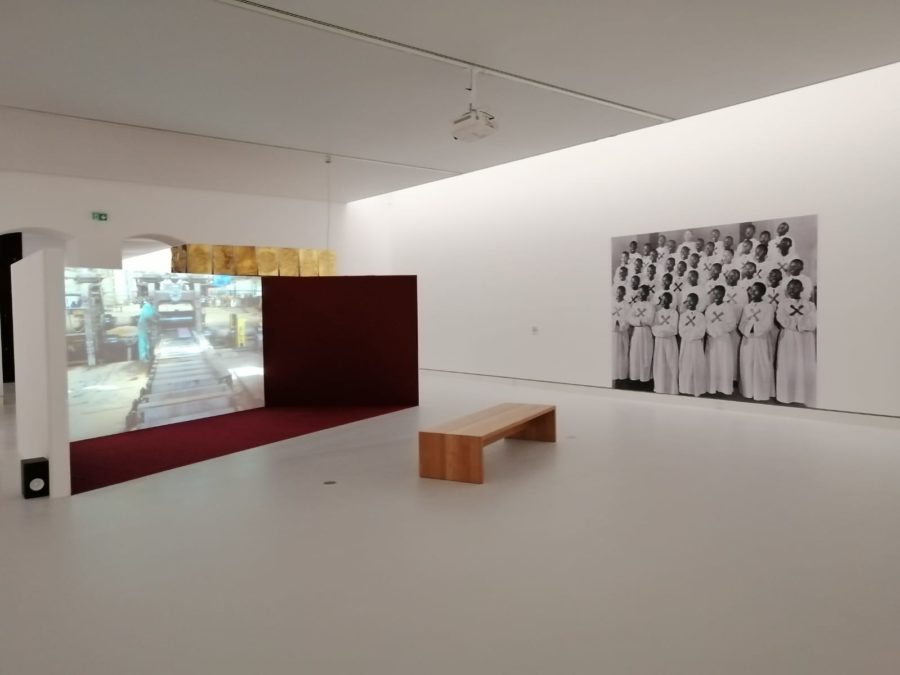
Ali Cherri
Entitled “Memory is an Editing Station”—a phrase taken from a poem by Waly Salomão (1943–2003)—Biennial Sesc_Videobrasil reaches its 22nd edition in 2023, after being postponed for almost two years due to the COVID-19 pandemic. Curated by Raphael Fonseca, from Brazil, and Renée Akitelek Mboya, from Kenya, the Biennial also celebrates the fortieth anniversary of Videobrasil, initially devoted to video, and which has expanded over the decades to encompass a broad range of artistic languages.
In this celebration, “it is, therefore, necessary not only to reflect on time and the many conceptions of memory, but also to revisit the importance of video in these four decades,” write the curators. It is also worth remembering that in contemporaneity the possibilities for image editing were transformed, and have become more agile and within reach of our fingers in a range of technological devices we use every day.
Far beyond these particular “editing stations,” the 22nd Biennial seeks works that address collective memories, acts of remembrance and forgetfulness that build historical and social narratives, related to peoples, nations and geographies. “What are the ethical boundaries of a cut? Who holds the power to do so? How to forge the memory of what we didn’t see or feel in our bodies? What are the limits of memory?”, the curators ask.
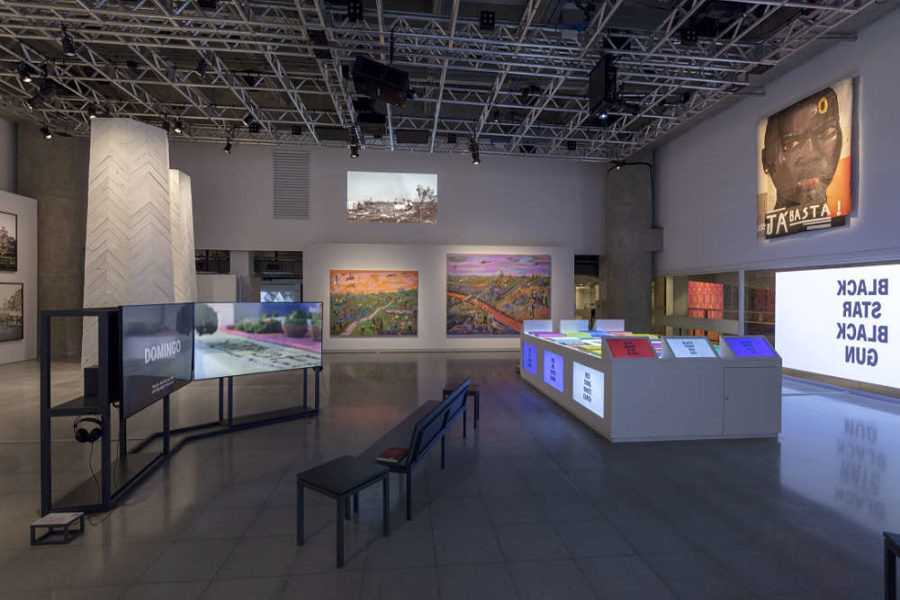
Ali Cherri
Opening in October at GAMeC, and traveling to Frac Bretagne, Rennes, in February 2024, the exhibition will be the largest presentation to date of Cherri’s multimedia practice, which encompasses film, video installation, drawing, and sculpture. GAMeC’s Spazio Zero will host The Watchman (2023), a new video work by the artist commissioned and produced by the Fondazione, which will be presented as a large-scale video installation. Set in Cyprus, the East Mediterranean island at the core of decades-long tensions between local Greek and Turkish communities, the film sets out from the political history of this troubled territory and the personal stories of its inhabitants. The aim is to propose a wider reflection on the politics of the recognition of borders and their painful consequences with regard of sovereignty, identity, and ultimately peace. Cyprus was chosen by the artist because of the historical relationships of migration between the island and Lebanon, as well as the geopolitical similarities between Nicosia, the divided capital of Cyprus, and the artist’s native Beirut, which was also divided during the Lebanese Civil War.
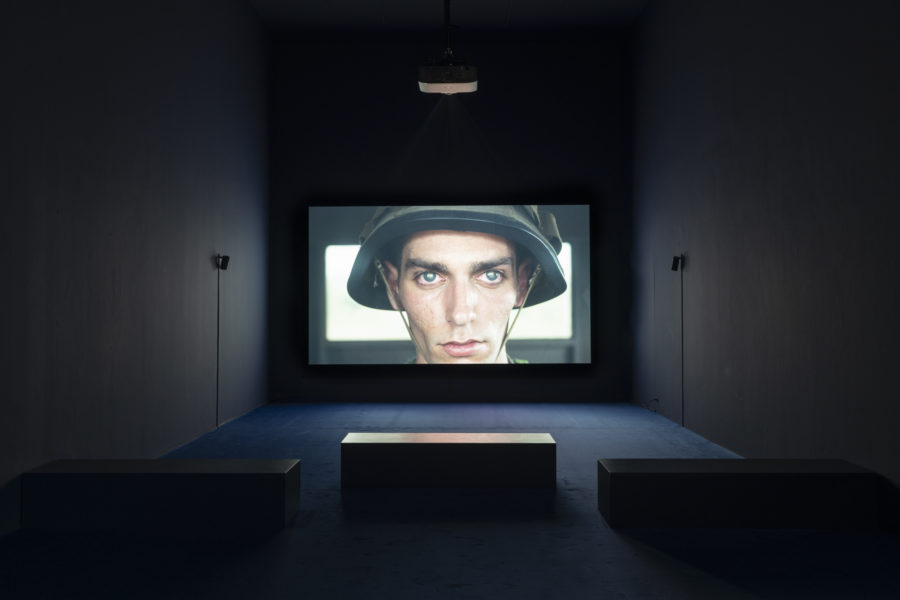
Ali Cherri
Swiss Institute presents Humble and quiet and soothing as mud, Ali Cherri’s first solo exhibition in the United States, which pivots on mud as the primordial material of civilization in creation myths, cultural artifacts and ecology. From ancient Sumerian mythology to Jewish folklore, Maori and Chinese creation myths to Hindu and Yoruba cosmogony, humankind has time and again been narrativized as originating from mud. Houses, pots, and other vessels made from clay were instrumental to the beginnings of societies, as they were used for cooking, heating and gathering food. It is from the aqueous solution covering the Earth, where water and soil met, that the first single-celled organisms emerged, birthing every living creature on Earth today.
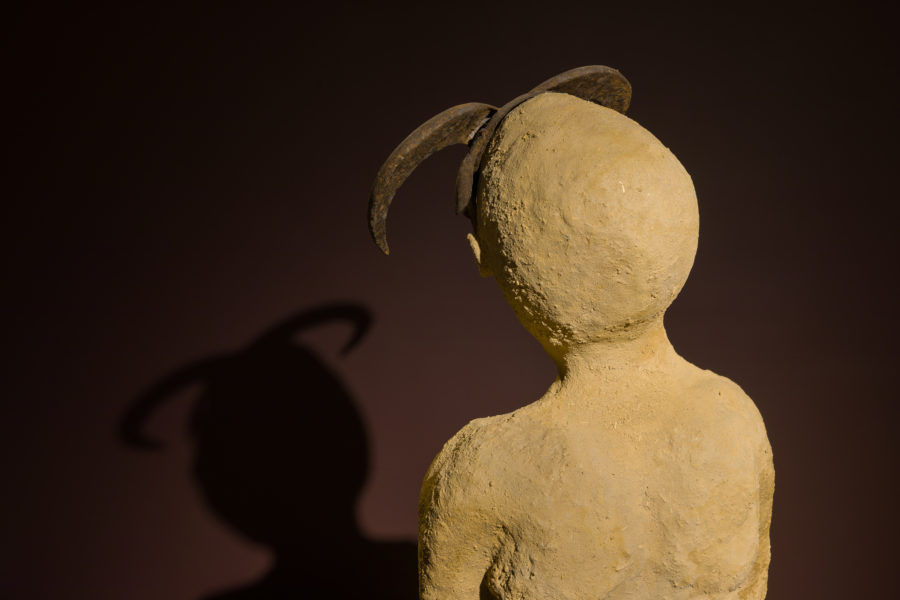
Sammy Baloji
Titled choreographies of the impossible and bringing together diverse artistic practices from different parts of the world, the 35th Bienal de São Paulo “wants to build spaces and times of perception that challenge the rigidity of western time linearity. What we see in this choreographic horizon are the strategies and policies of the movement that these practices have been creating in order to imagine worlds that confront the ideas of freedom, justice and equality as impossible achievements”, say Diane Lima, Grada Kilomba, Hélio Menezes and Manuel Borja-Villel, the curatorial collective of the exhibition.
For the curators, “the impossible refers to the political, legal, economic and social realities in which these artistic and social practices are set, but also to the way in which these practices find alternatives to circumvent the effects of these same contexts. The term choreography also helps us reflect on how the idea of moving freely remains at the core of a neoliberal conception of freedom. In line with the very paradox created by the title, we seek not to walk around a motif or to place thematic cores, but rather to make room for a continuous dance which we can choreograph together, even in difference.”
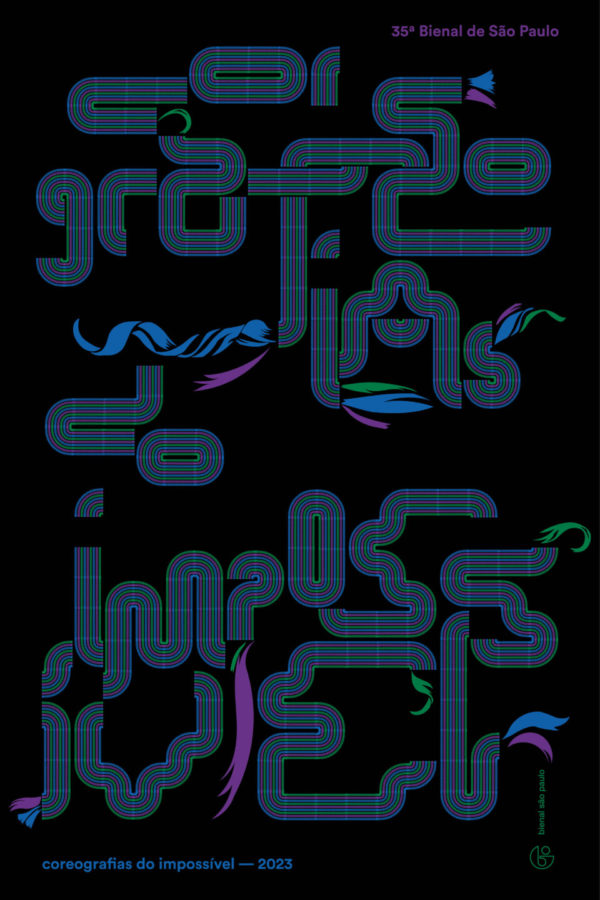
James Webb
After the first edition, built around sculptures staged to “inhabit” and bring to life the territory of Saint-Paul-de-Vence, the second devoted to the views of a young generation of creators on the village, the third International Biennial of Saint-Paul de Vence has chosen to be inspired by the universe and symbolism of birds. This choice was made by the two curators of this open-air exhibition: Ludovic Delalande and Claire Staebler. Its title does not forget that the poet Jacques Prévert was a resident and a “considerable” passer-by of this village. These are his words “Au hasard des oiseaux” (At the chance of the birds) which invite us to discover, to feel and to meet twenty works of twelve artists who are as many messengers reminding us, more than ever, that it is profitable for the man to live with the light and the beauty of the flight of the birds.
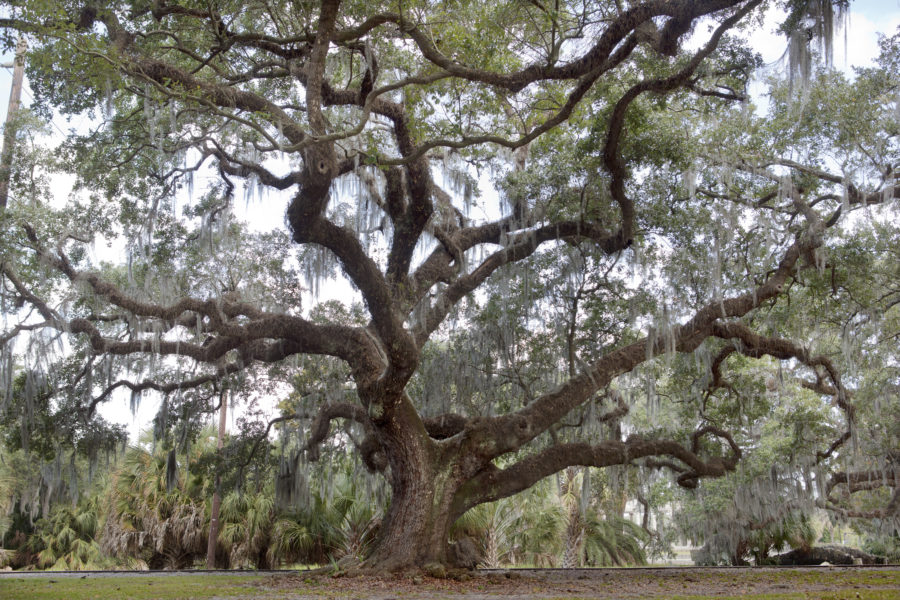
James Webb
At the invitation of Reiner Michalke, the artistic director of the Monheim Triennale, the curatorial team of Kathrin Jentjens and Frank Schulte has been working on exclusive collaborations with international sound artists since 2020. The works, most of which are site-specific to Monheim am Rhein, are presented for several weeks in public space. Most of the artists have already been to Monheim several times to develop their ideas and test their feasibility.
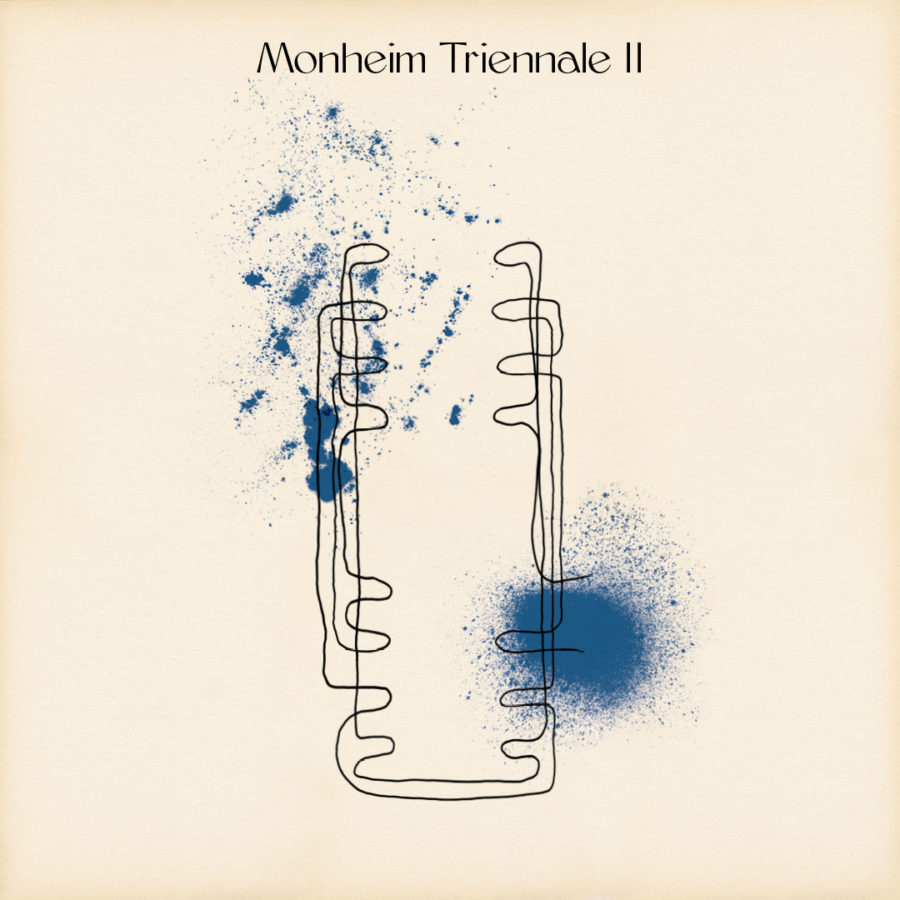
Sammy Baloji
“What does it mean to be ‘an agent of change’? (…) Over the past nine months, in hundreds of conversations, text messages, Zoom calls and meetings – stated Lesley Lokko – the question of whether exhibitions of this scale — both in terms of carbon and cost — are justified, has surfaced time and again. In May last year, I referred to the exhibition several times as ‘a story’, a narrative unfolding in space. Today, my understanding has changed. An architecture exhibition is both a moment and a process. It borrows its structure and format from art exhibitions, but it differs from art in critical ways which often go unnoticed. Aside from the desire to tell a story, questions of production, resources and representation are central to the way an architecture exhibition comes into the world, yet are rarely acknowledged or discussed. From the outset, it was clear that the essential gesture of The Laboratory of the Future would be ‘change’.”
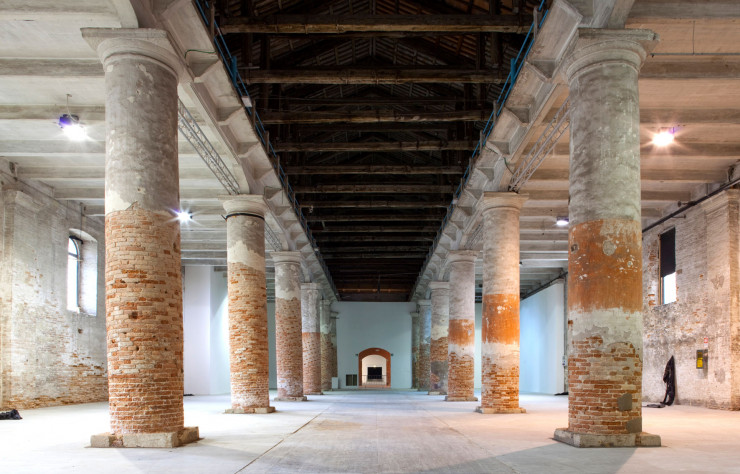
James Webb

